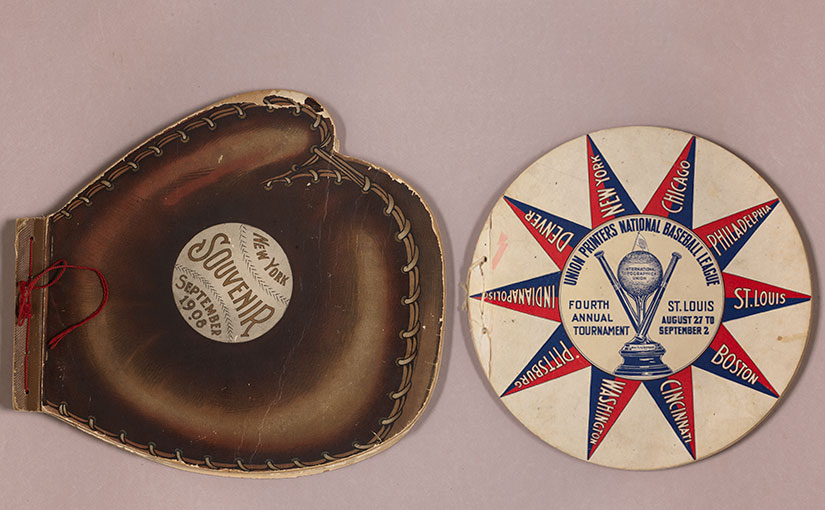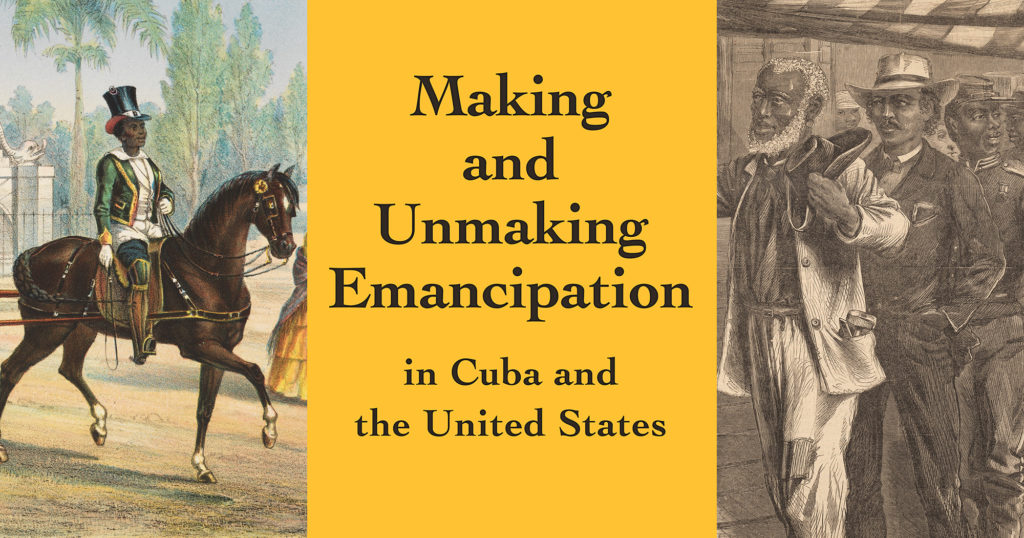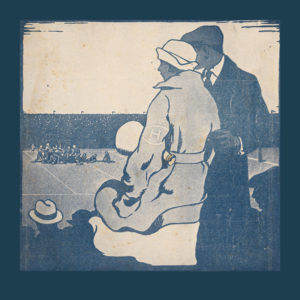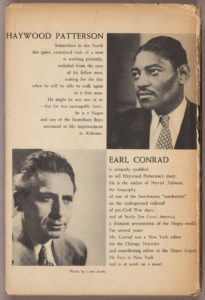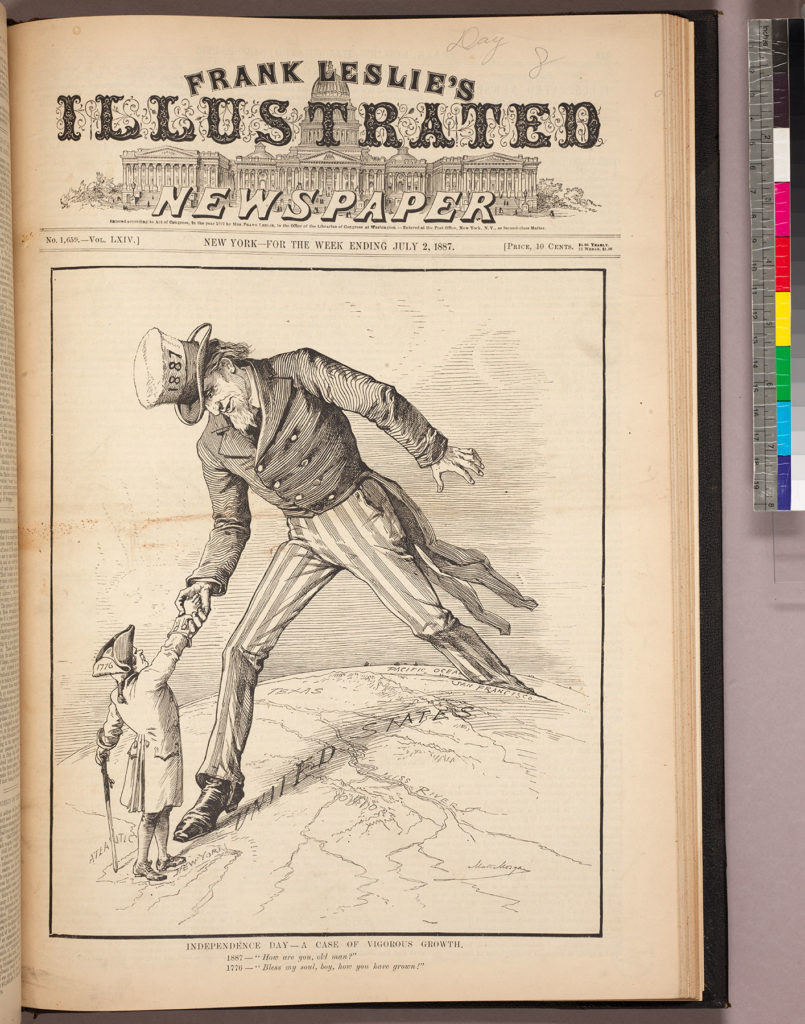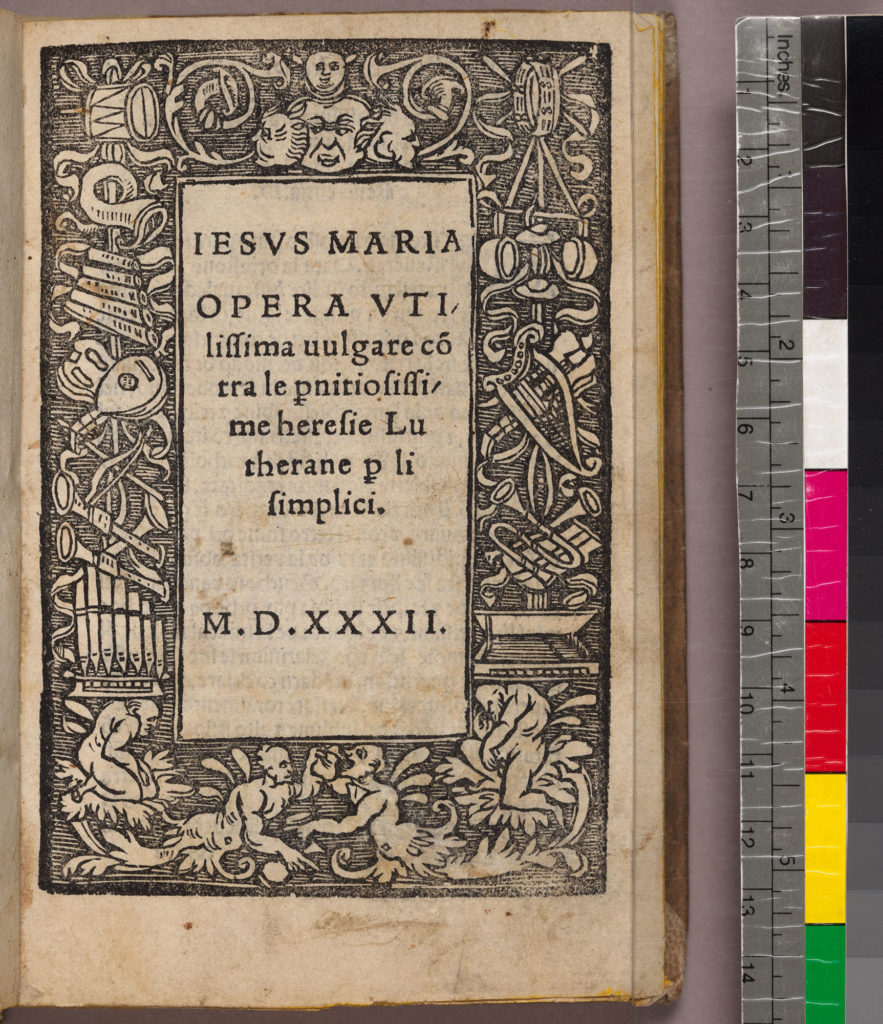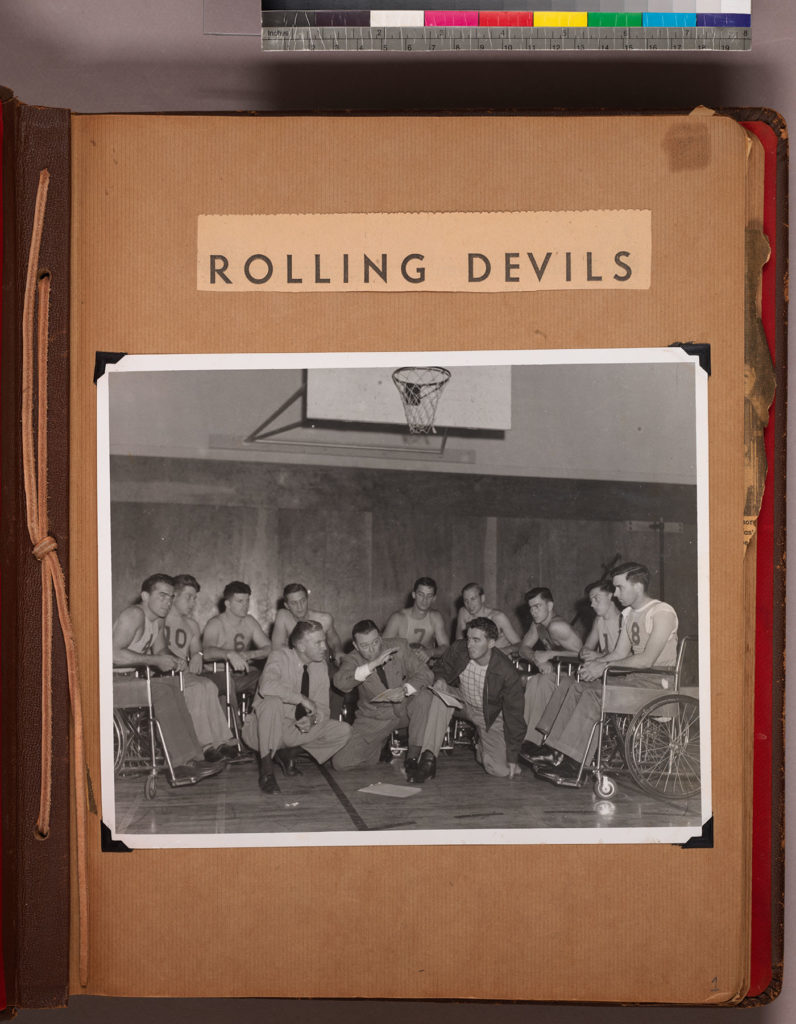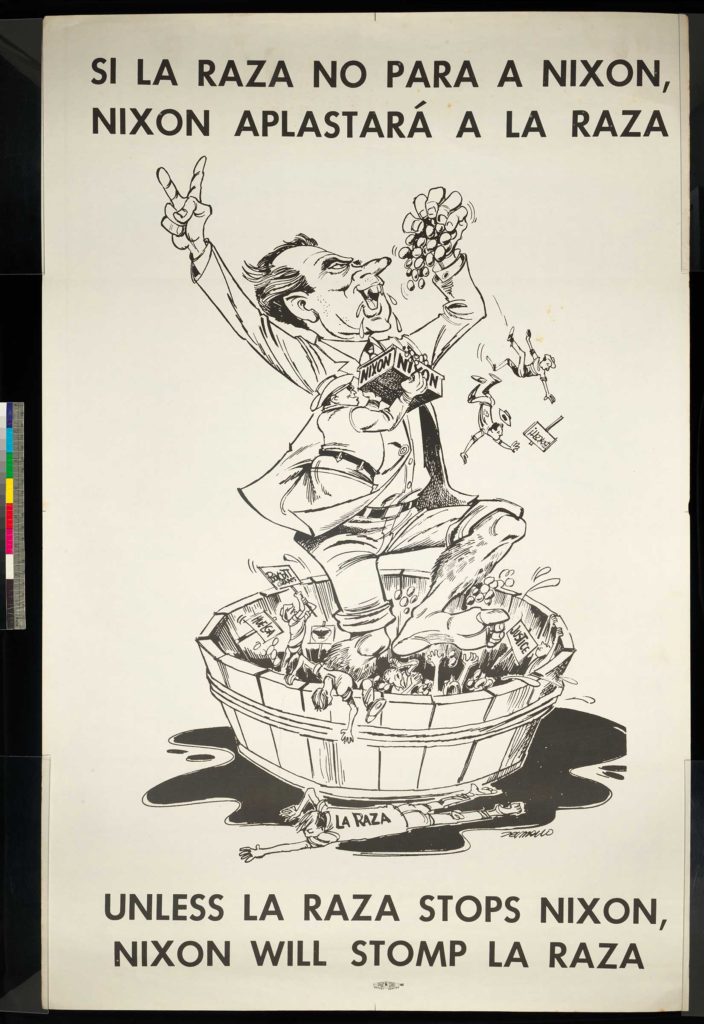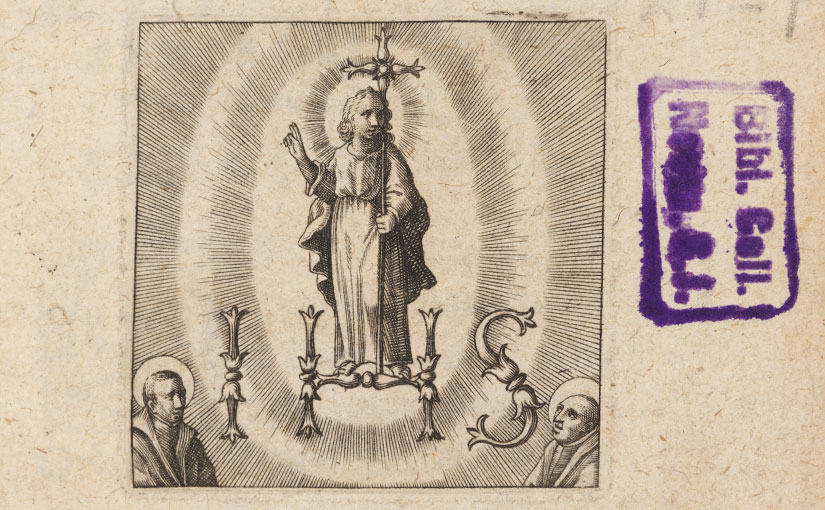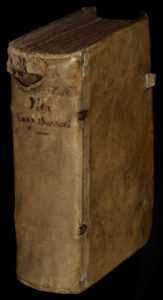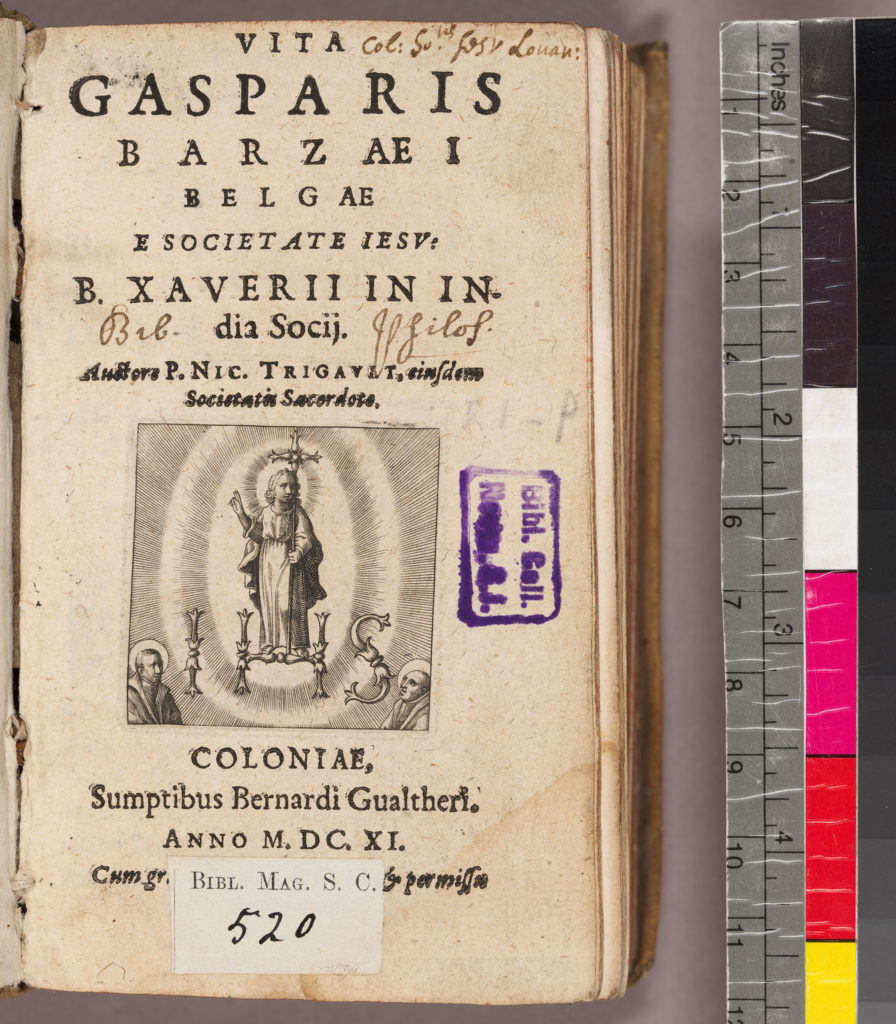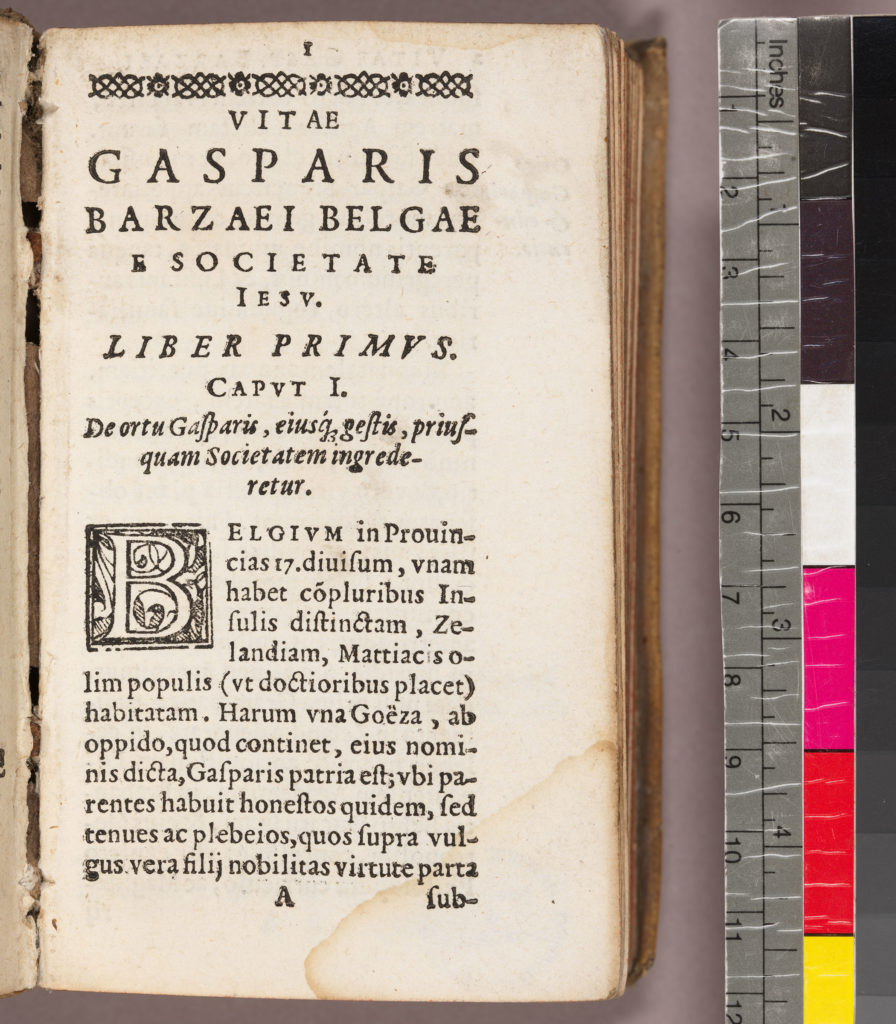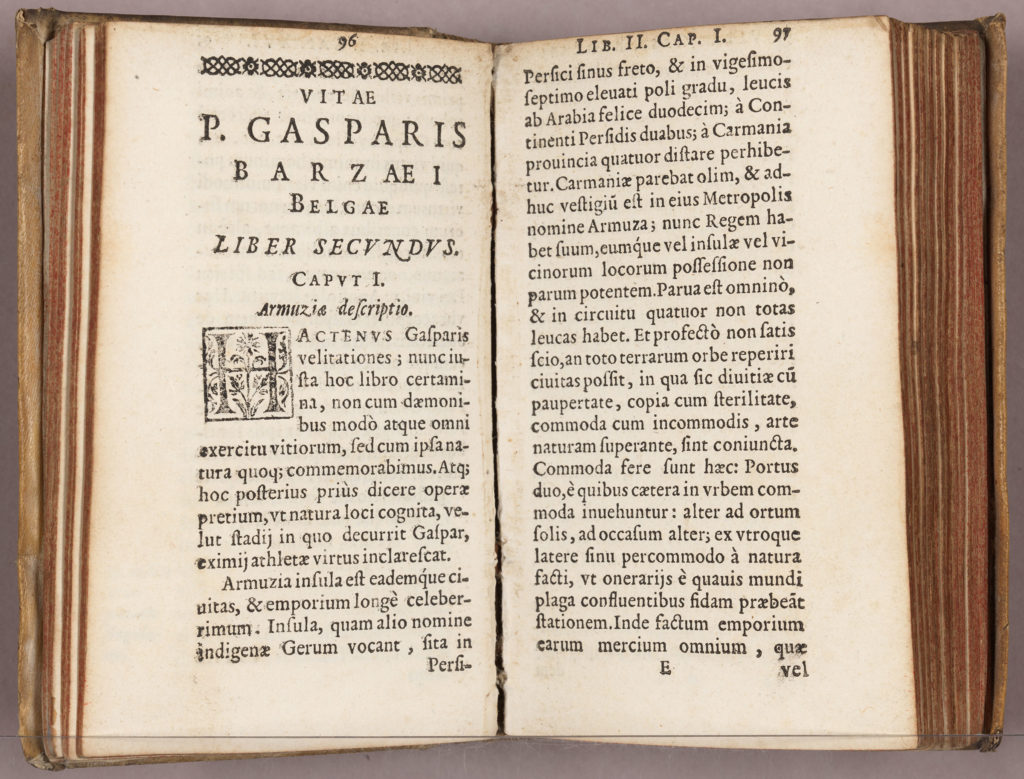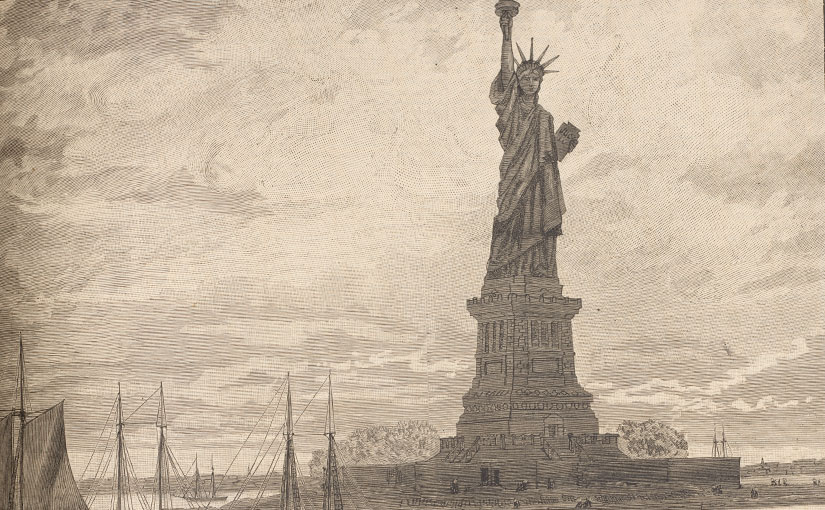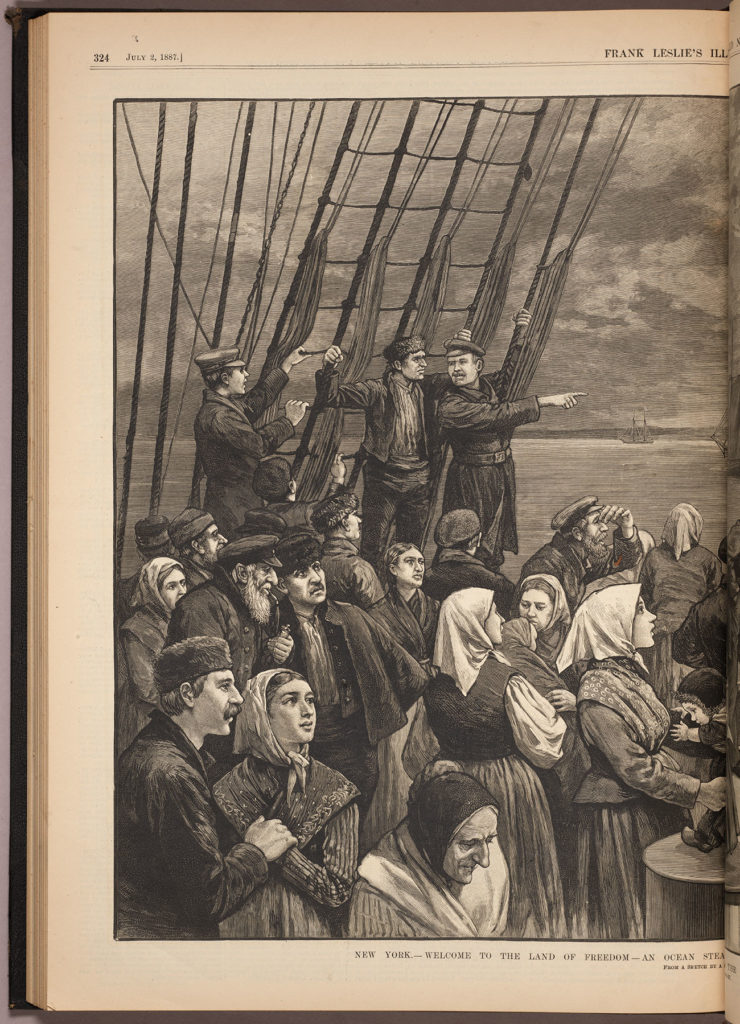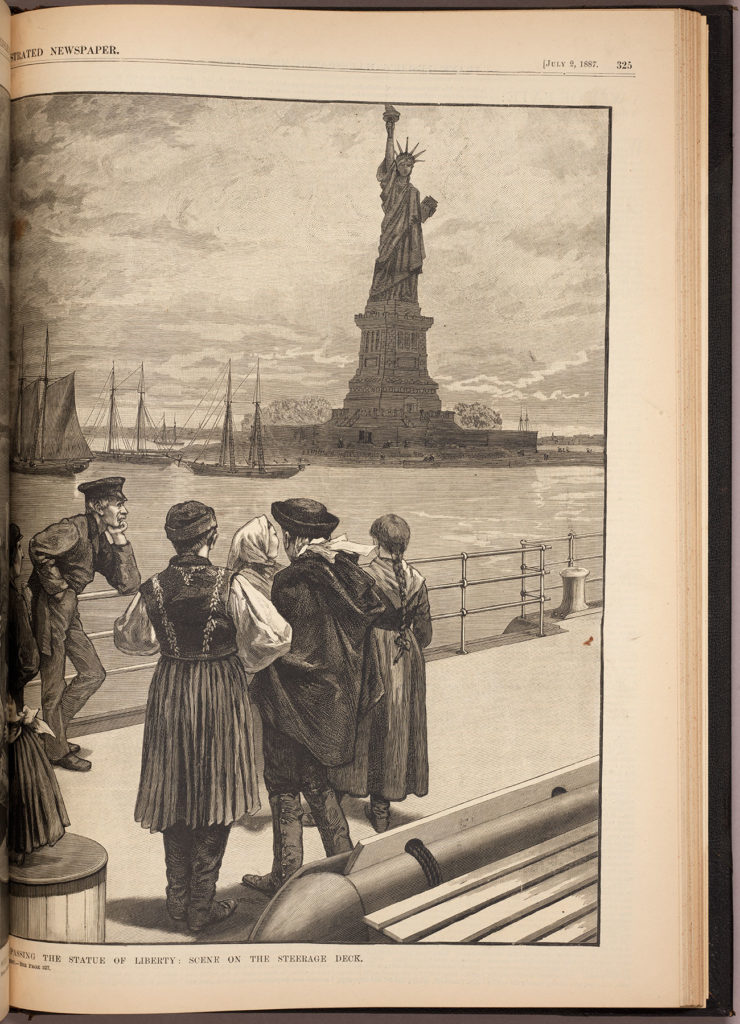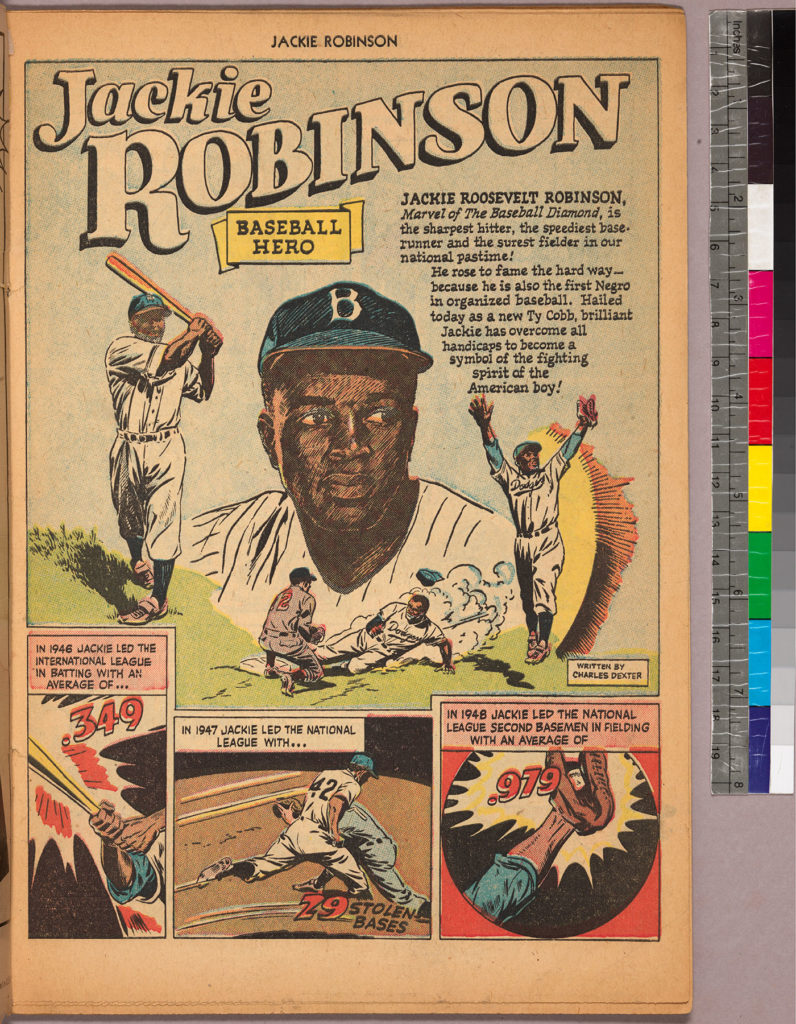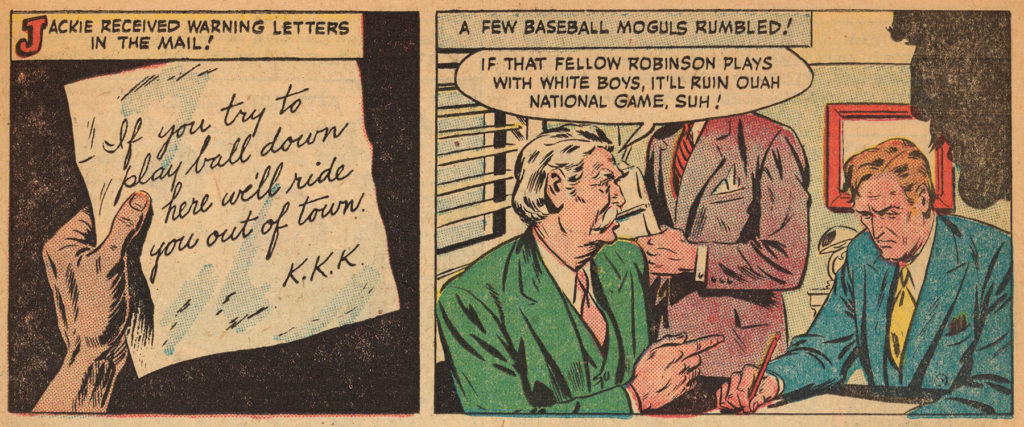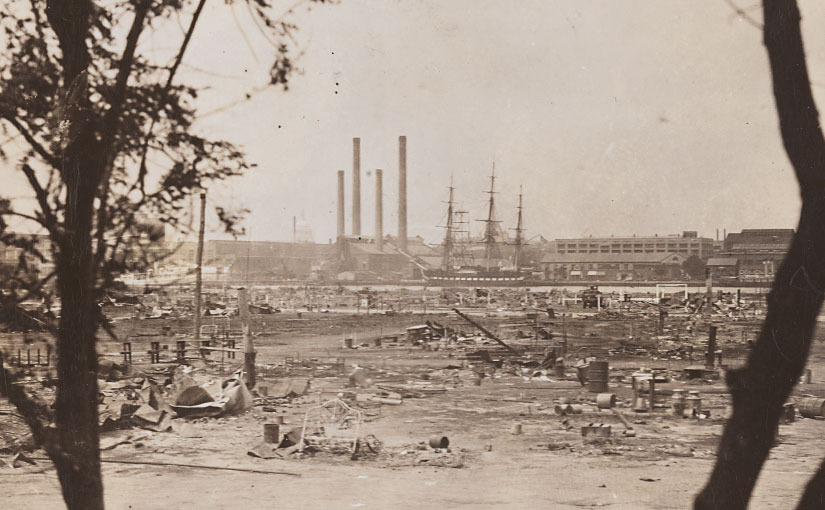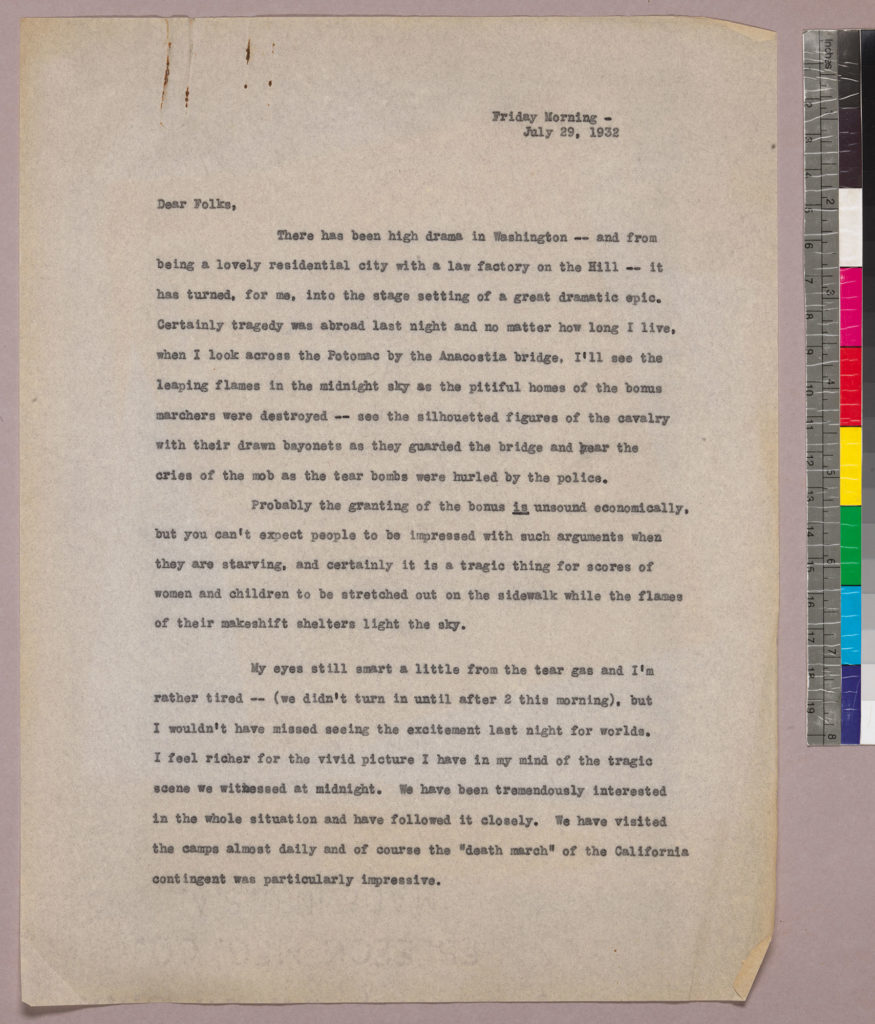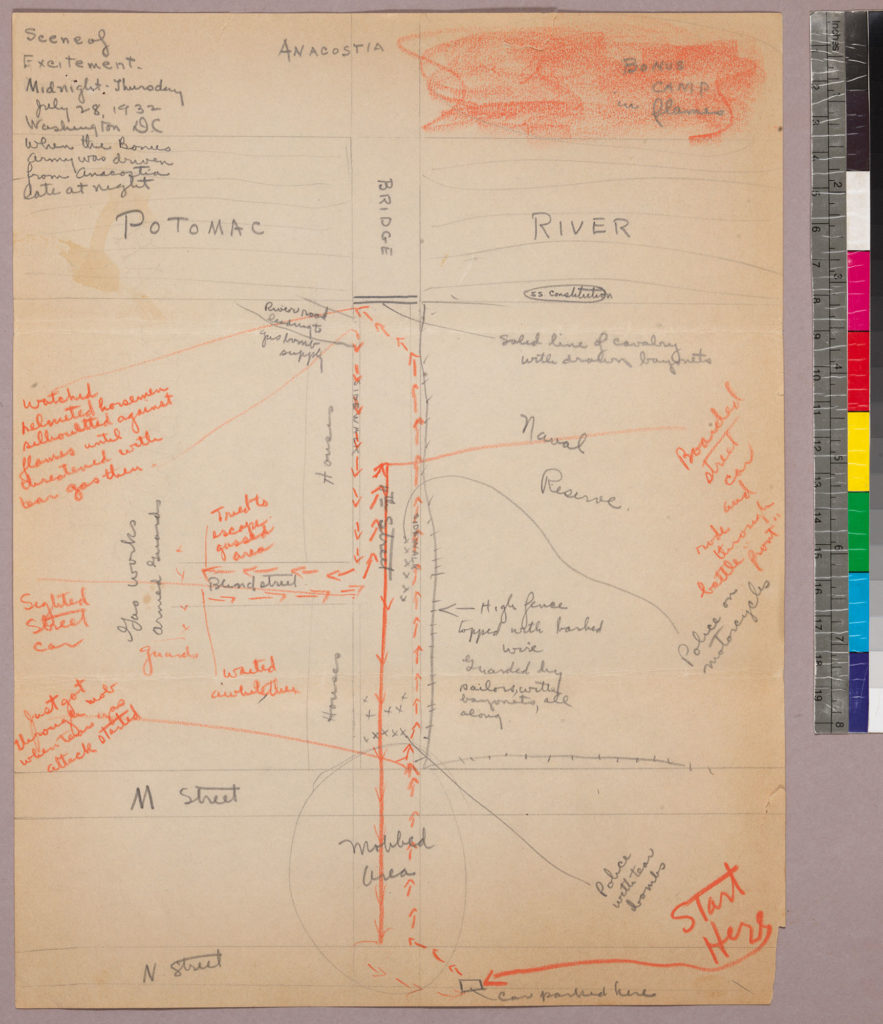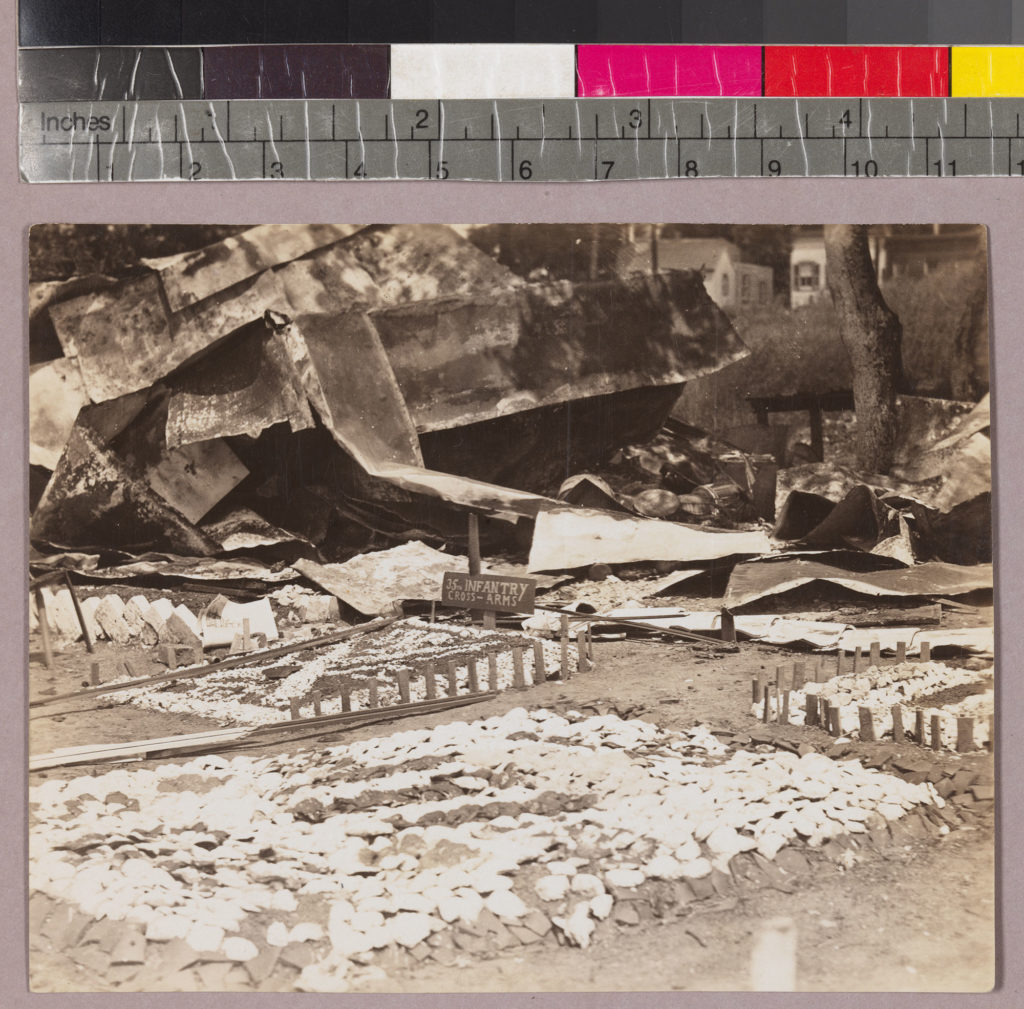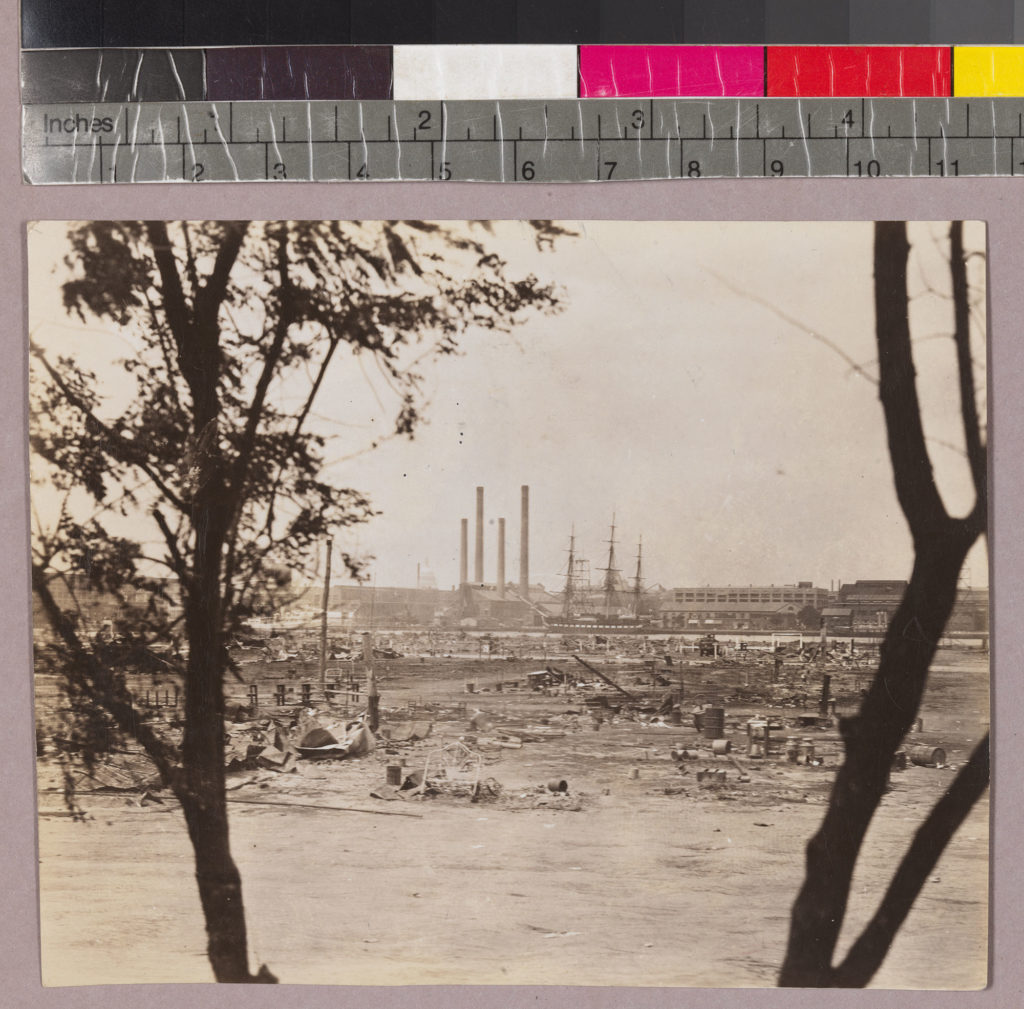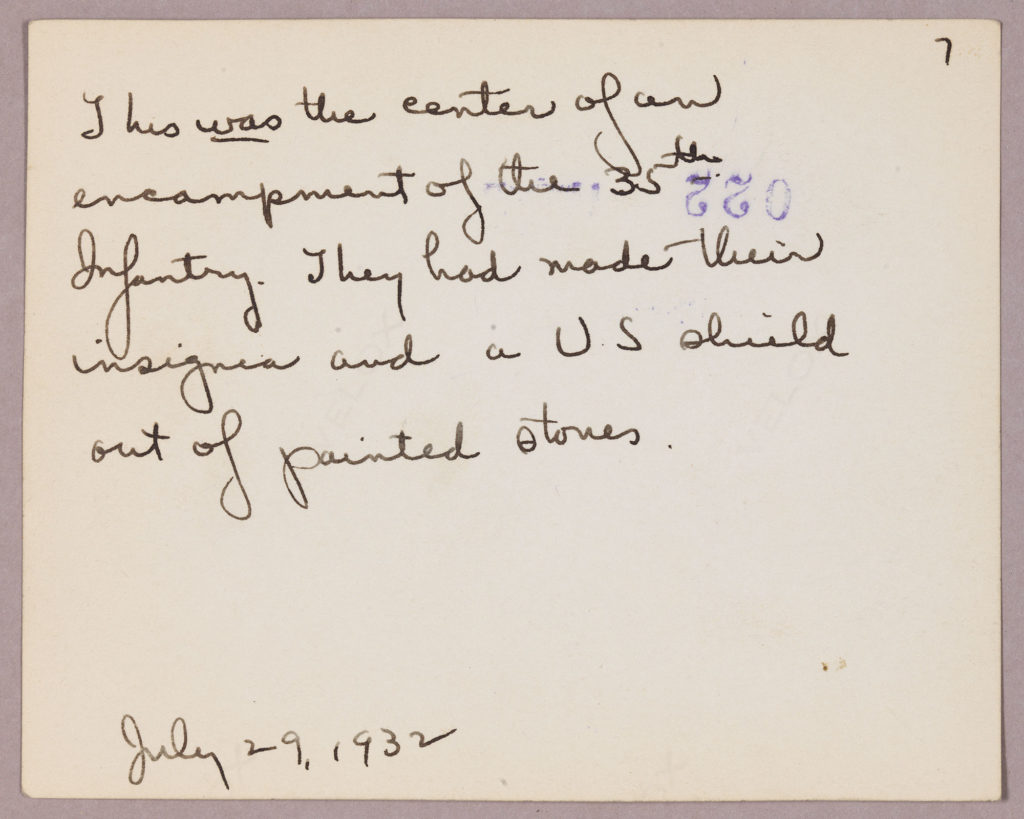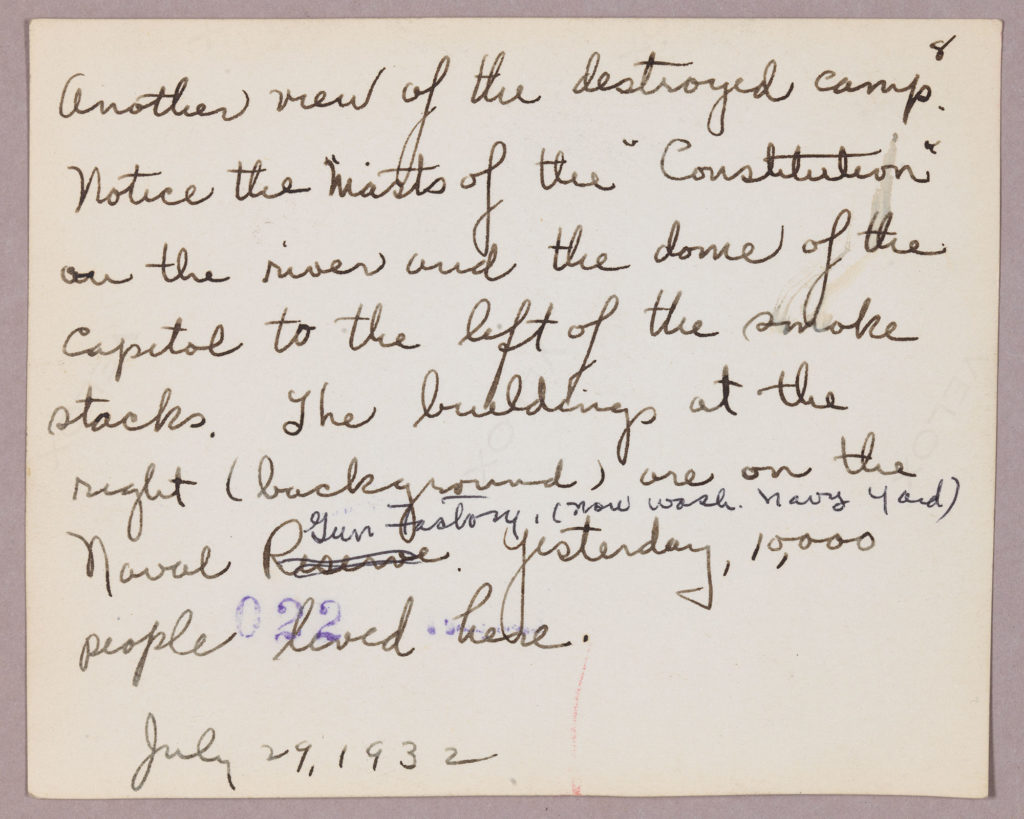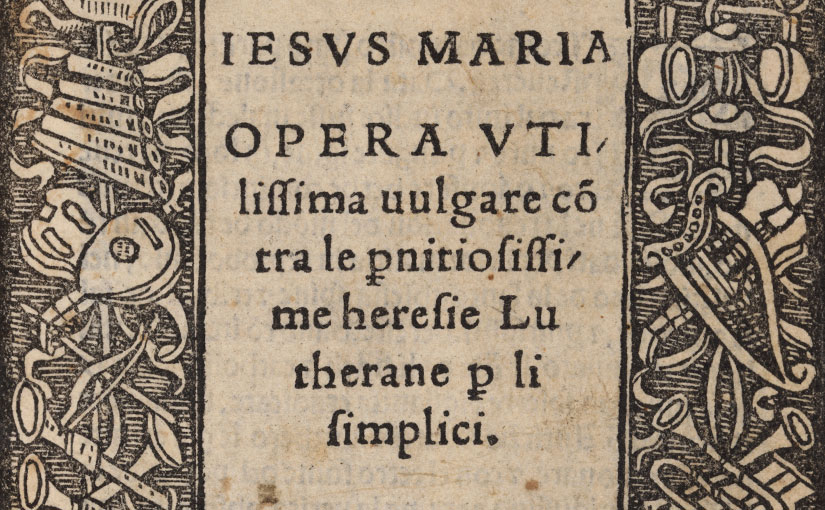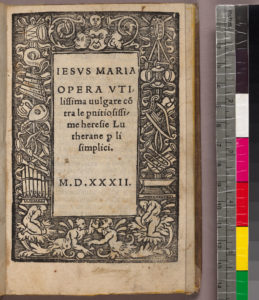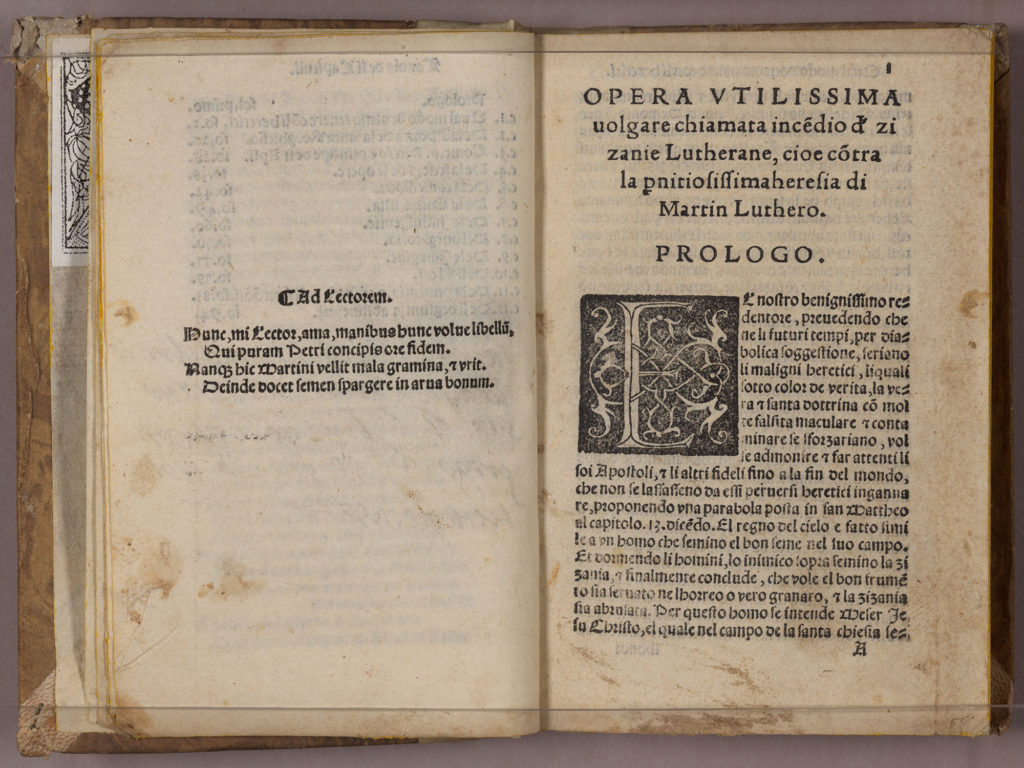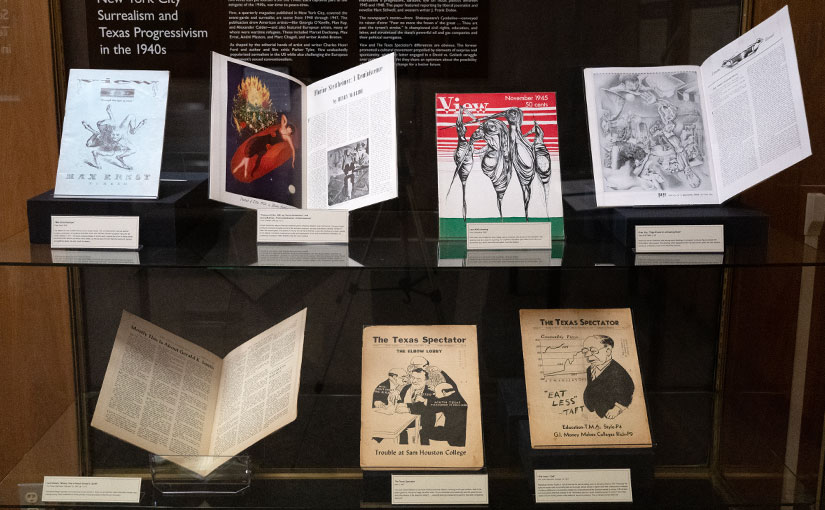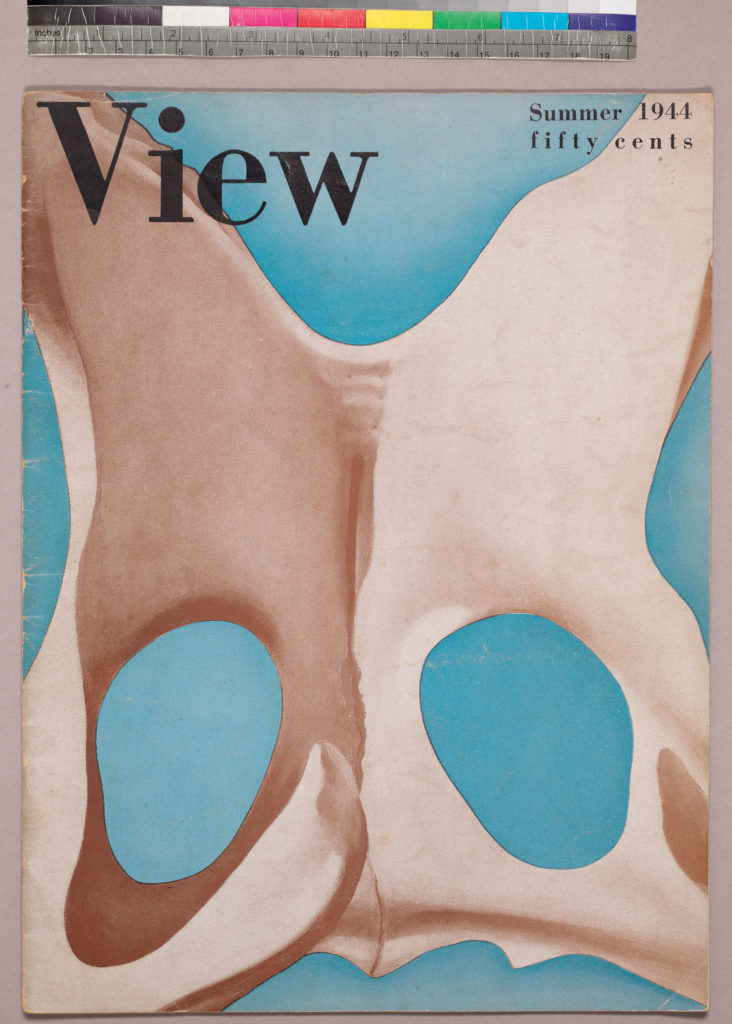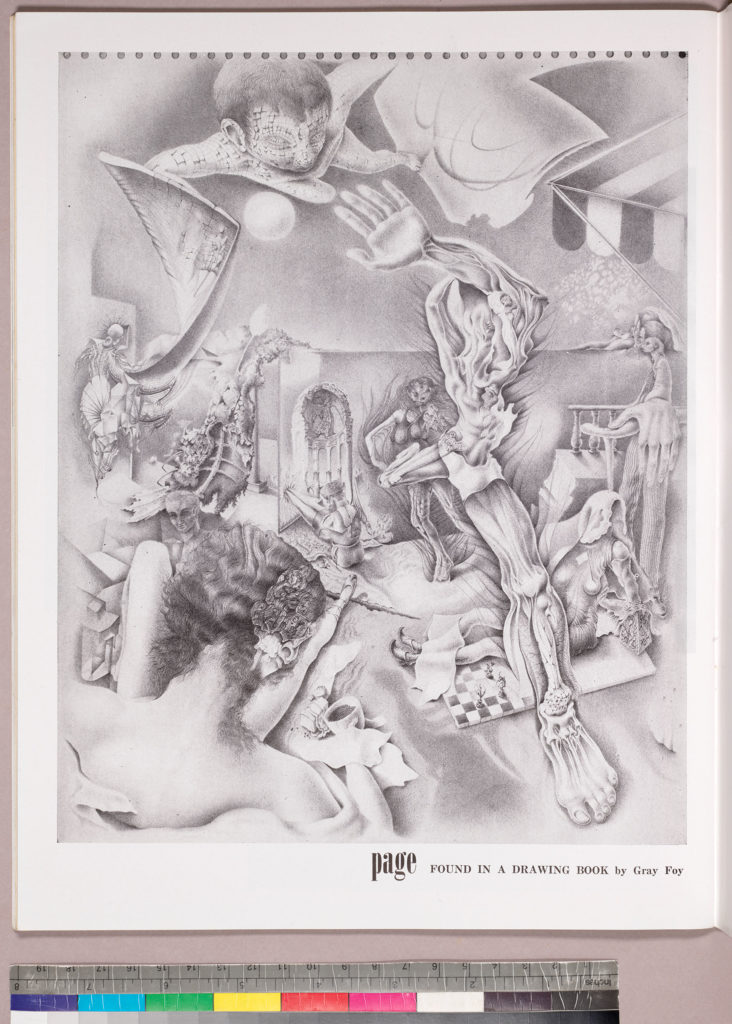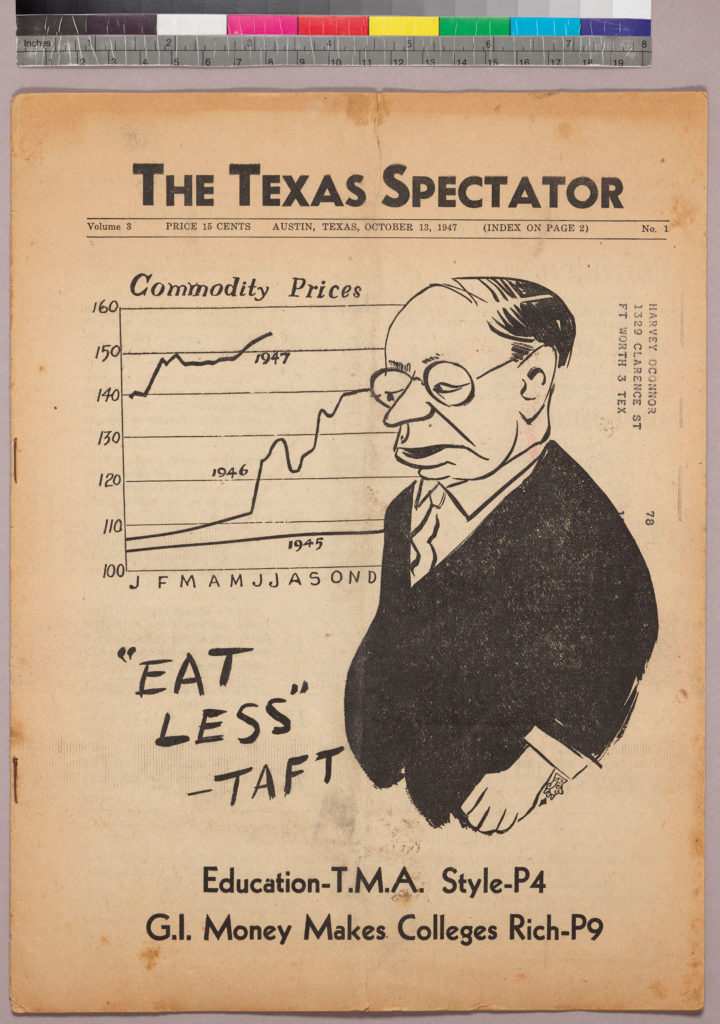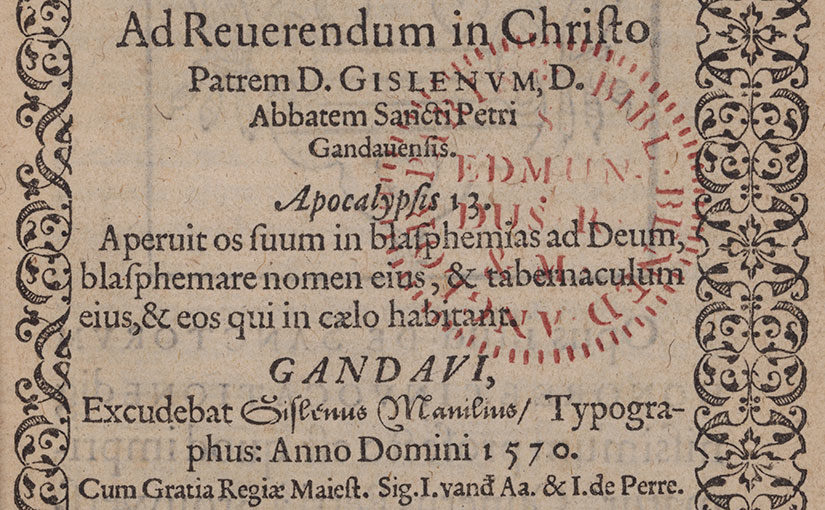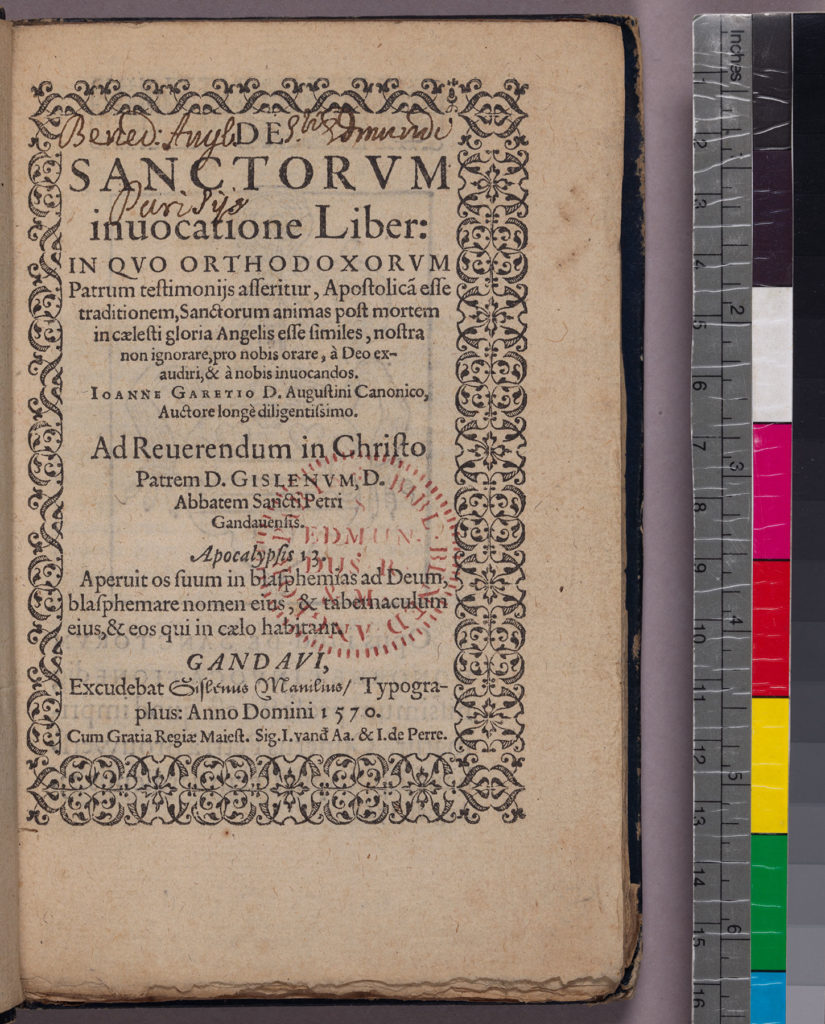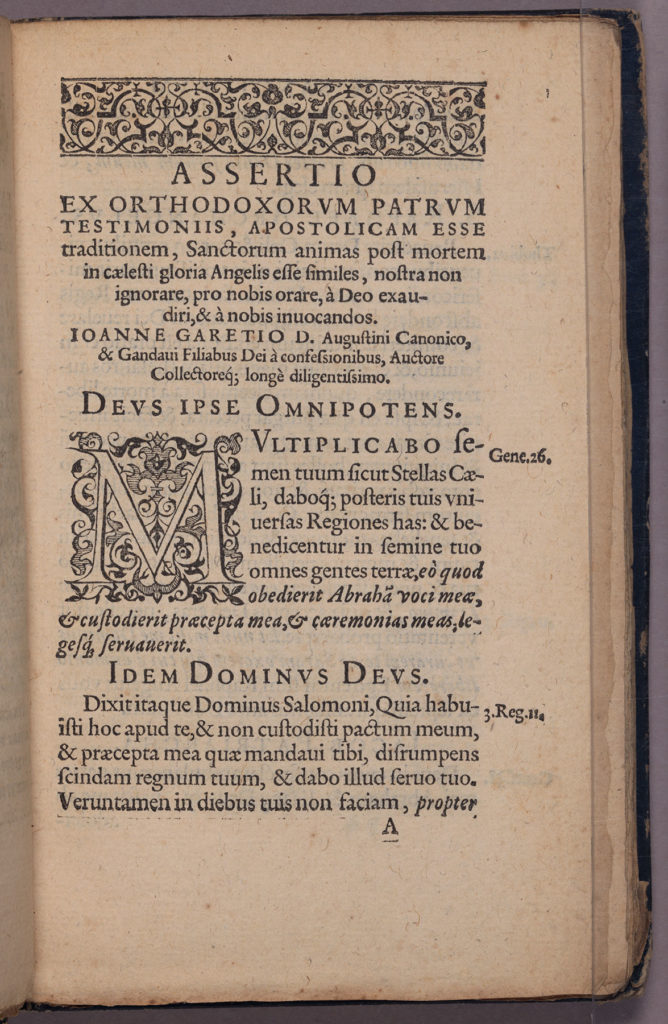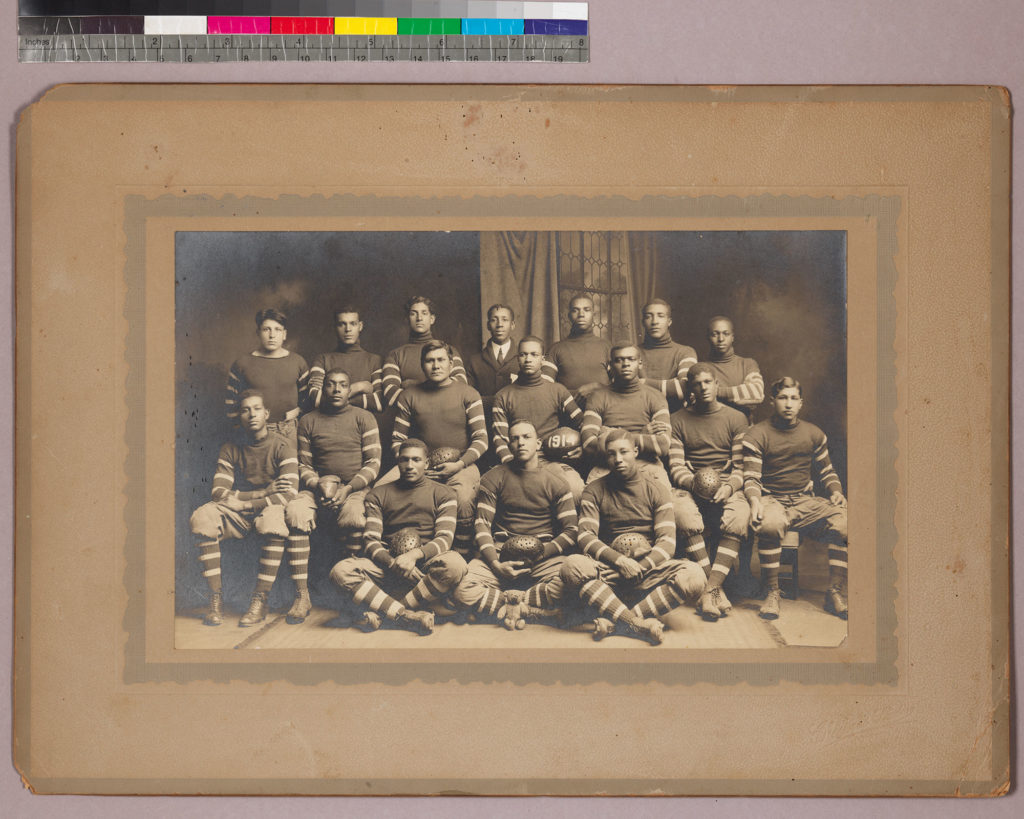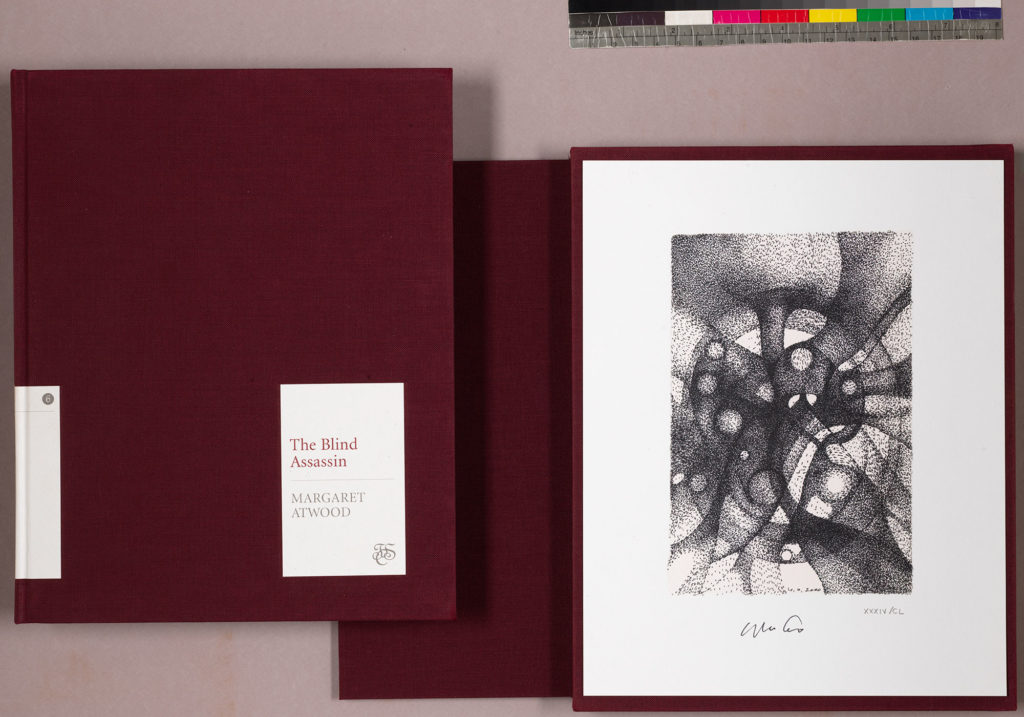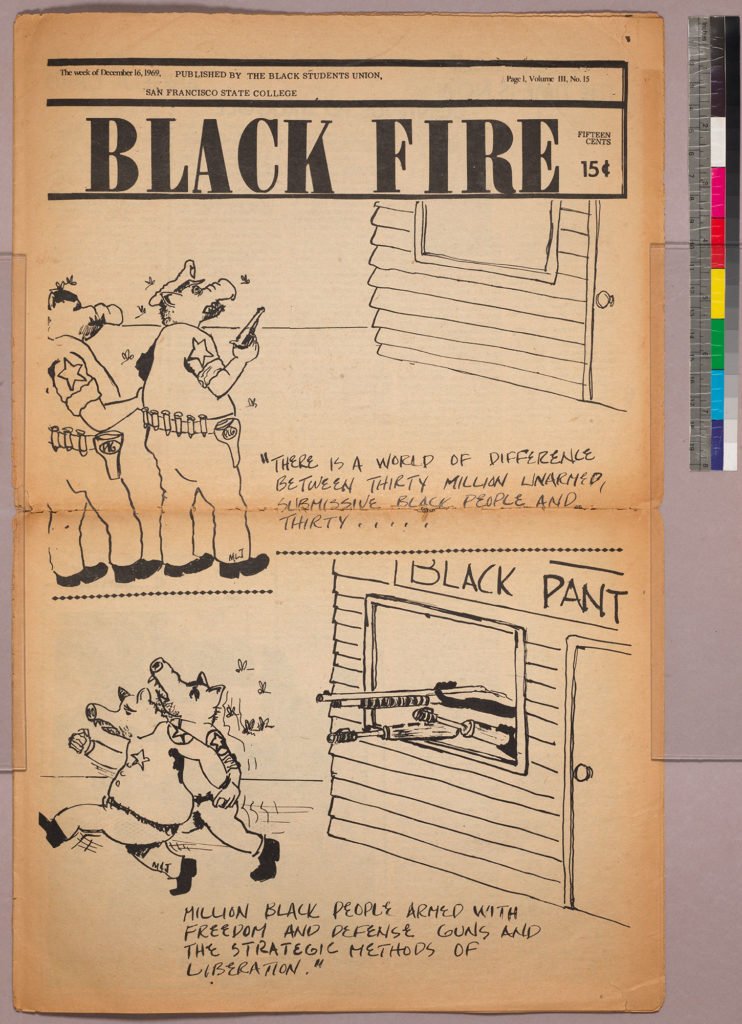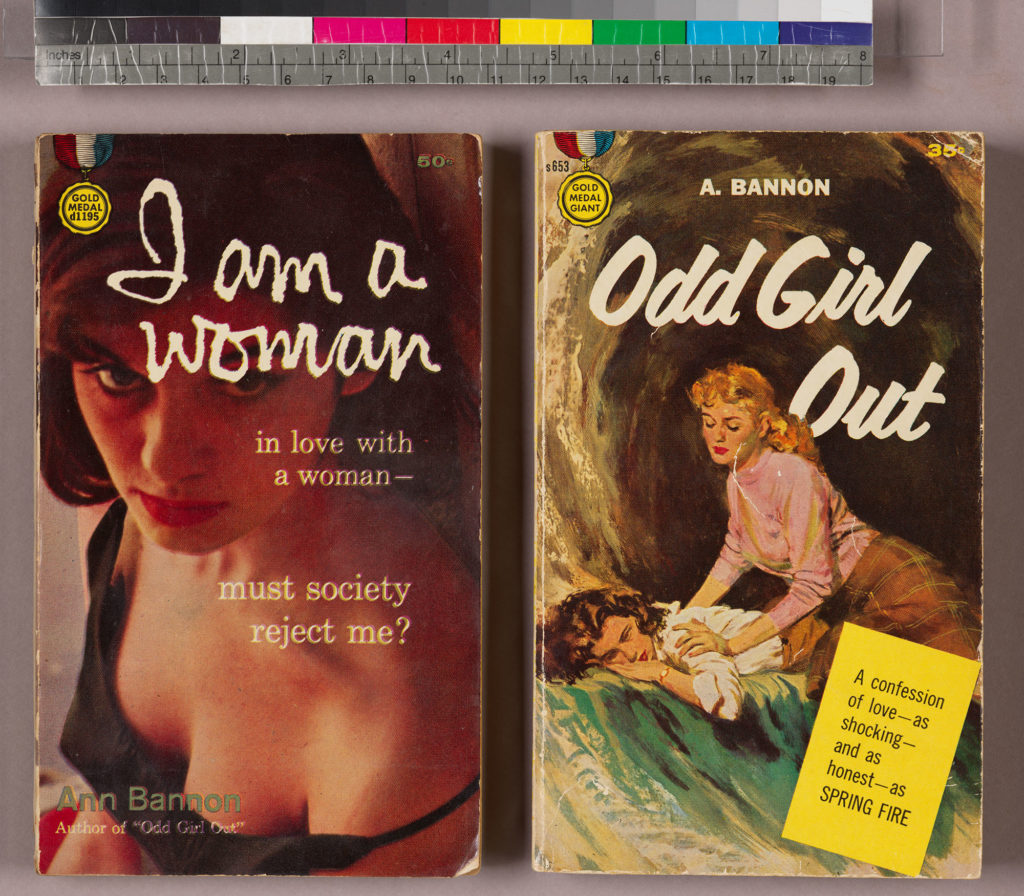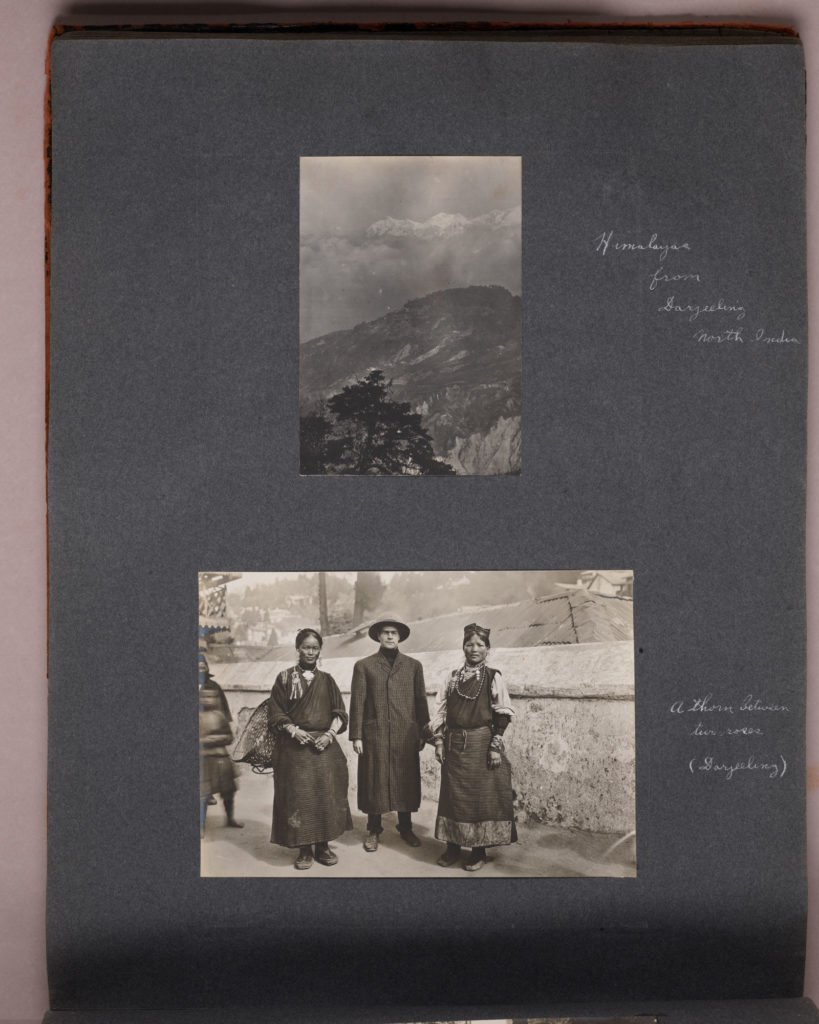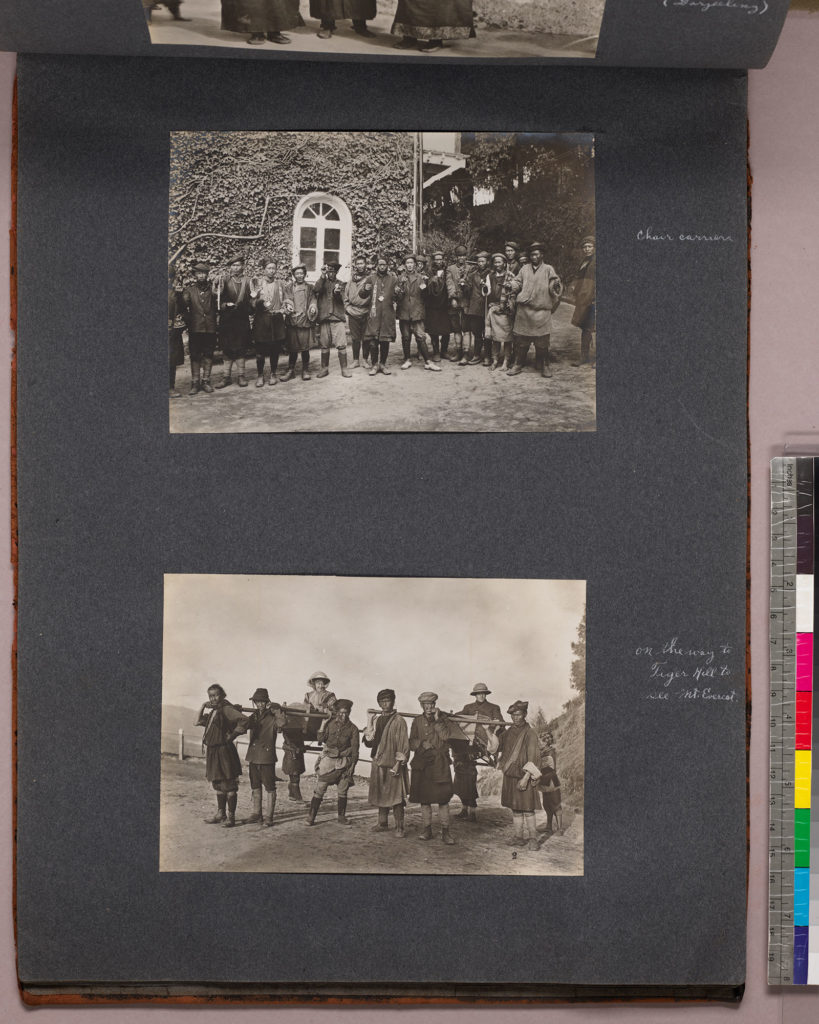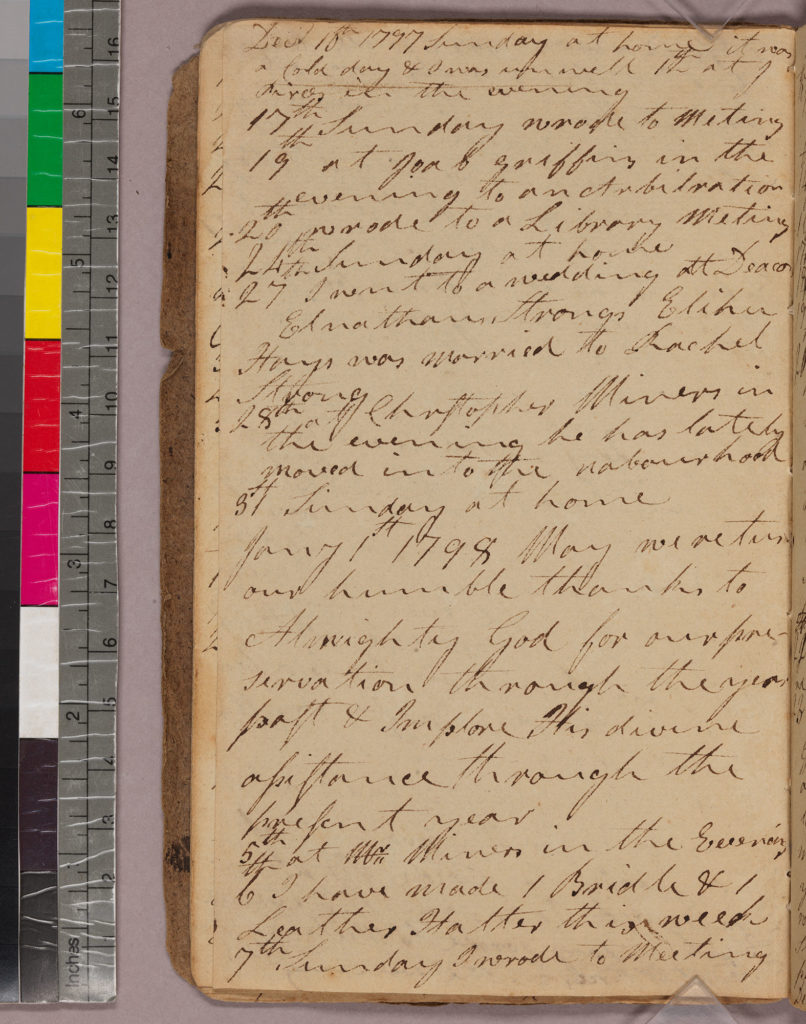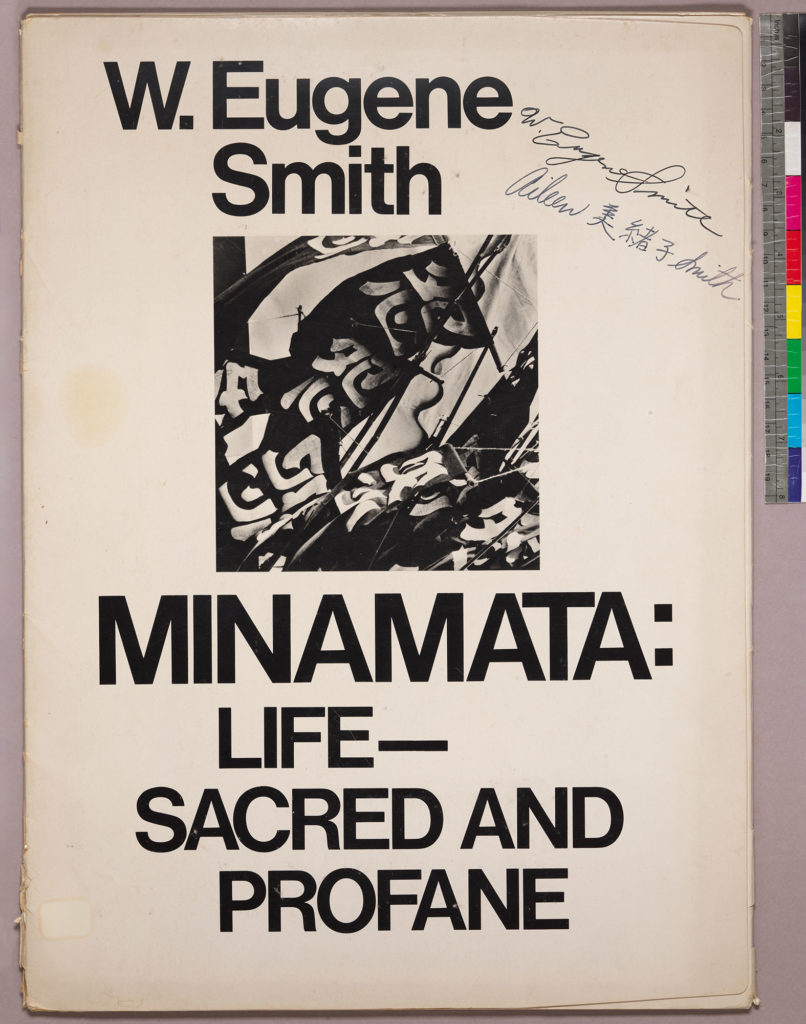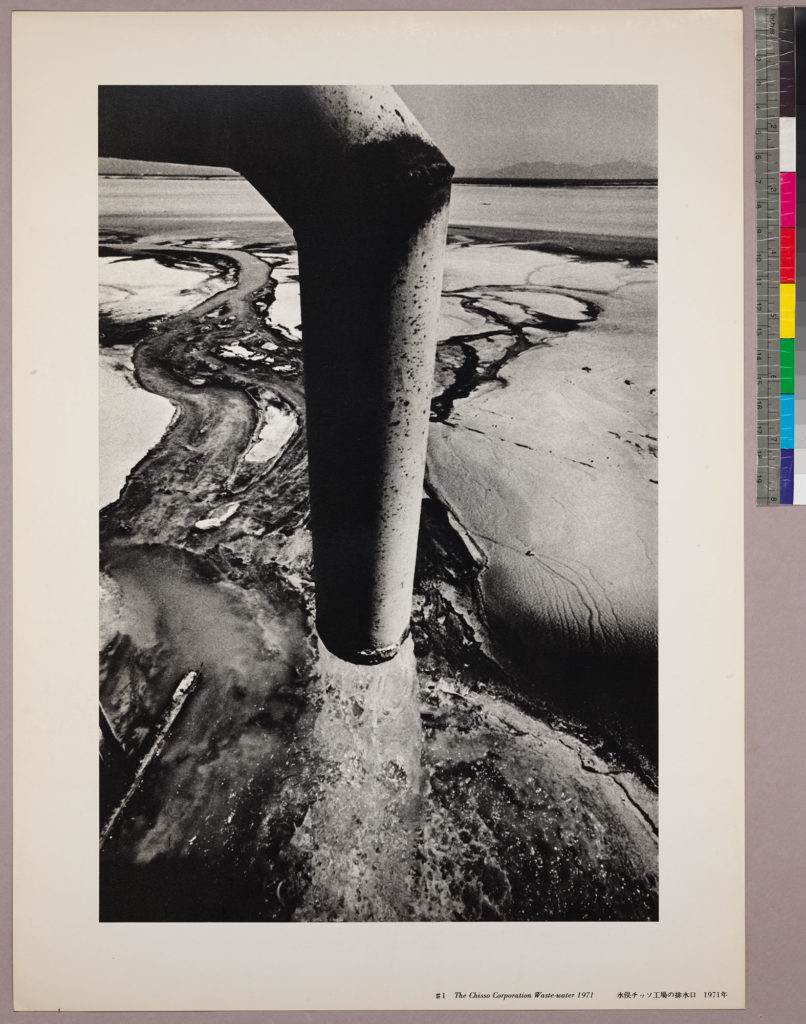by Greg Bond, Sports Archivist and Curator, Joyce Sports Research Collection
A pair of finely crafted, meticulously detailed, and distinctively shaped books—a baseball-glove shaped book and a baseball-shaped book—are among the Joyce Sports Research Collections newest acquisitions. The two unusually-shaped publications are both early-twentieth-century souvenir programs of the Union Printers National Baseball League Tournament from 1908 and 1911, respectively. Sponsored each year by the International Typographical Union (ITU), the tournament brought together teams representing the ITU from different cities for several days of sports, camaraderie, and brotherhood. Labor Day seems a fitting time to explore the history of these unique books and to remember the Union Printers National Baseball League Tournament.
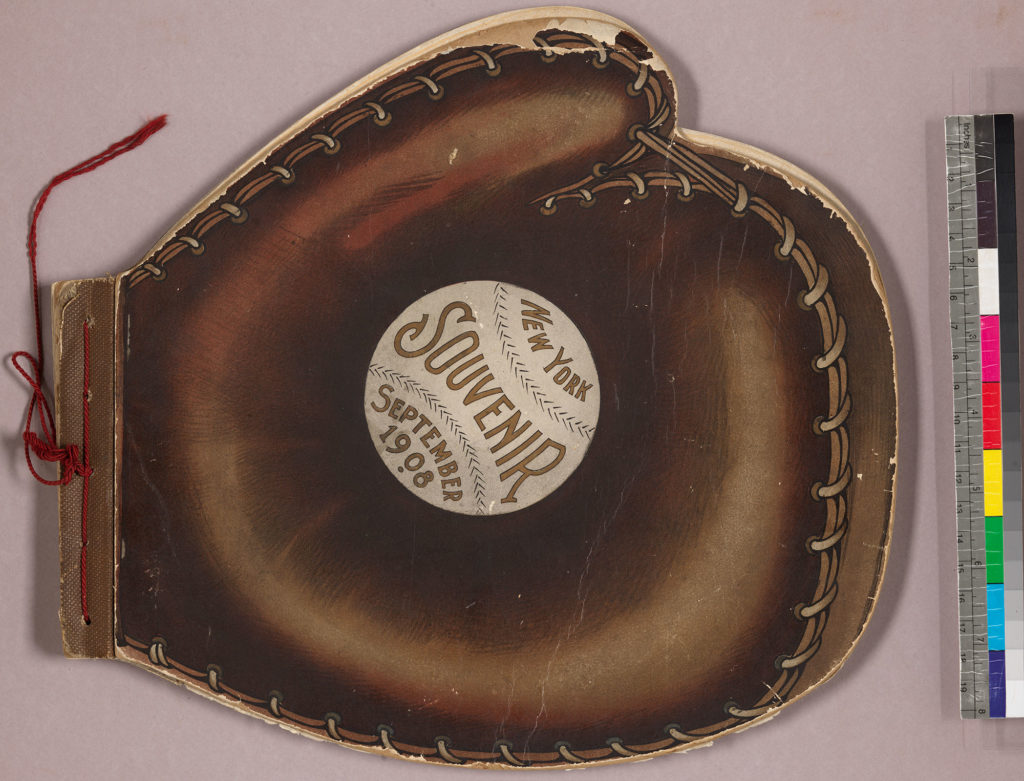
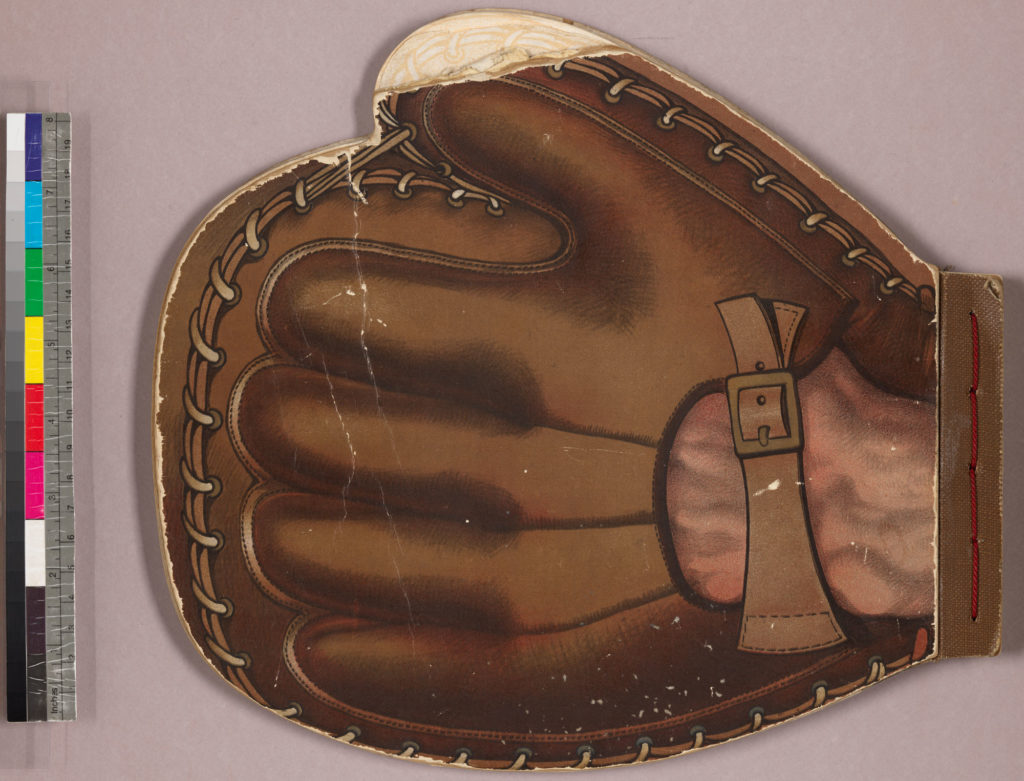
The first Union Printers National Baseball League Tournament took place in New York City in September of 1908. To mark the festive occasion, the Allied Printing Trades Council of New York lovingly designed and published the First Printers’ National Baseball Tournament Souvenir Program in the shape of a realistic looking catcher’s mitt. The New York printers seemed to relish the opportunity to show off their craft for their visiting colleagues with this elaborate and creatively shaped program.
The 1908 catcher’s mitt souvenir program describes the origins of the Union Printers National Baseball League Tournament. As early as 1883, union printers in New York City had organized the New York Morning Newspaper Baseball League with teams representing different New York and Brooklyn newspapers. In 1906 and 1907, the squad from the New York American and Journal won the championship, and, after the regular season, team manager Harry B. Wood arranged several games against ITU teams representing the Boston Globe and the Pittsburgh Dispatch. The 1908 souvenir program reported that during their road trip to Pittsburgh, “the light of geniality and the warmth of hospitality from the sun of fraternity and good fellowship was ever on the job.”
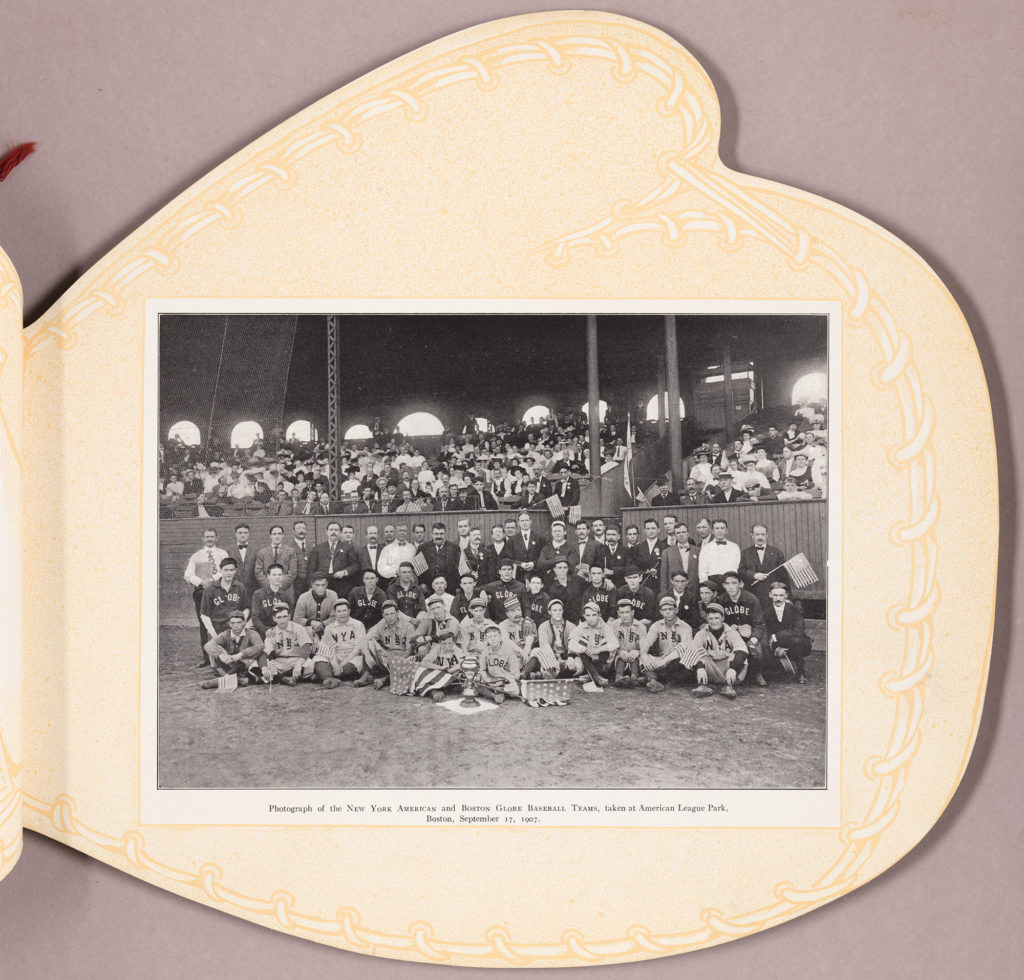
Following the successful inter-city matches, Wood hatched his grand plan for an ITU national baseball tournament. He formed an organizing committee, helped draft a constitution, and invited union printers from Boston, Chicago, Cincinnati, New York, Philadelphia, Pittsburgh, St. Louis, and Washington, DC, to come to New York for the event. Each invited city received an informational prospectus that included a framed six-color formal invitation designed by New York artist Harry Goodwin that recipients later described as “a work of art.” The 1908 catcher’s mitt souvenir program, which Goodwin also took the lead in designing, featured a black-and-white reproduction of the elaborate invitation.
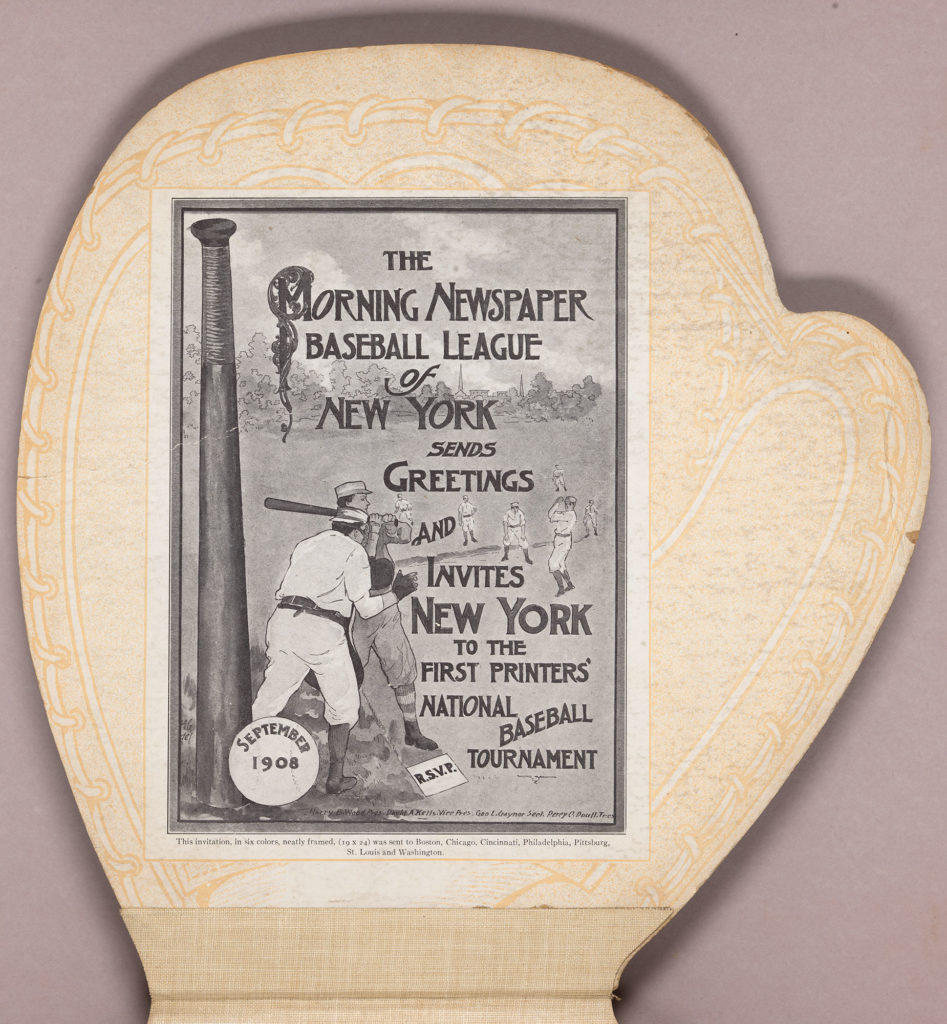
All eight cities accepted the offer to compete in the tournament that was held in the stadium of the New York Yankees. Boston beat Pittsburgh 5-1 in the 1908 finals to win the inaugural title. For their victory, Boston received the traveling International Typographical Union Championship Trophy that had been donated to the ITU by Cincinnati Reds Owner August Hermann. The first tournament proved to be a rousing success, and it soon became a highly anticipated ITU annual event.
After Chicago (1909) and Washington, DC (1910), St. Louis was the host city for the fourth annual tournament in 1911. Like their counterparts in New York, the Allied Printing Trades Council of St. Louis and the local union printers league, known as the “St. Louis Typo Athletic Association,” spared little expense in designing and printing a lavish baseball-shaped Souvenir Program for the Union Printers National Baseball League Fourth Annual Tournament. The color cover featured pennants for all participating cities, which had expanded to include Denver and Indianapolis, and an image of the Hermann ITU Championship Trophy.
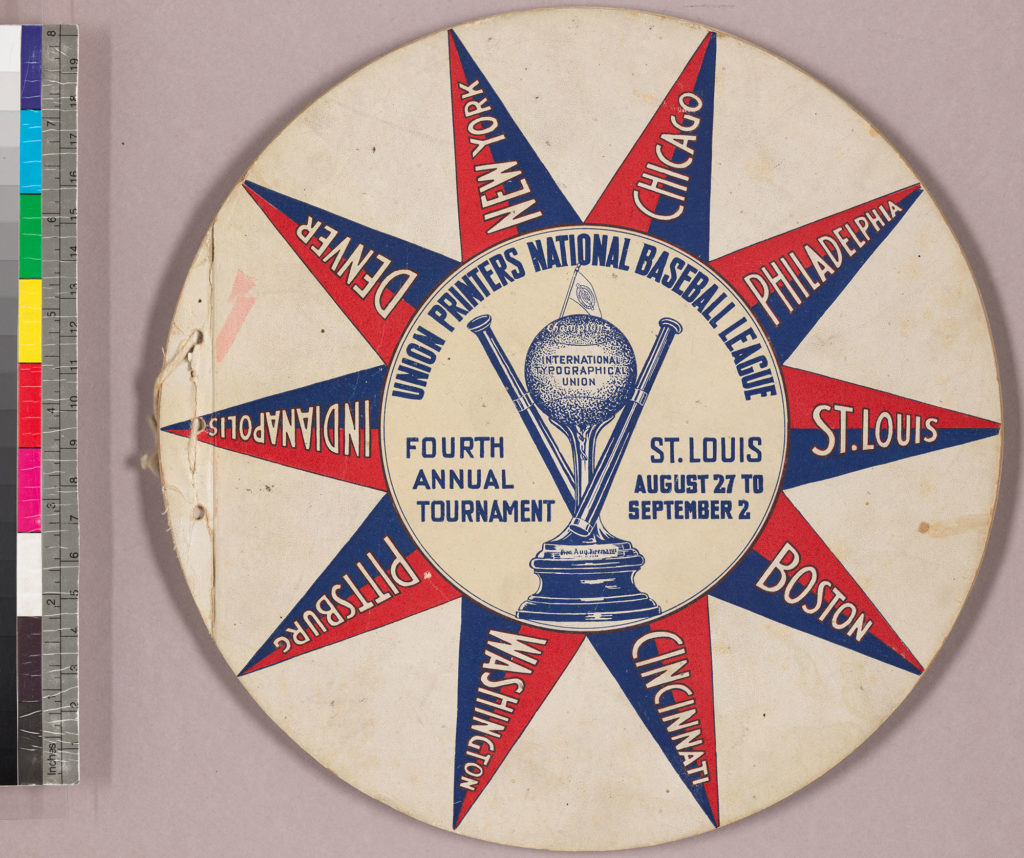
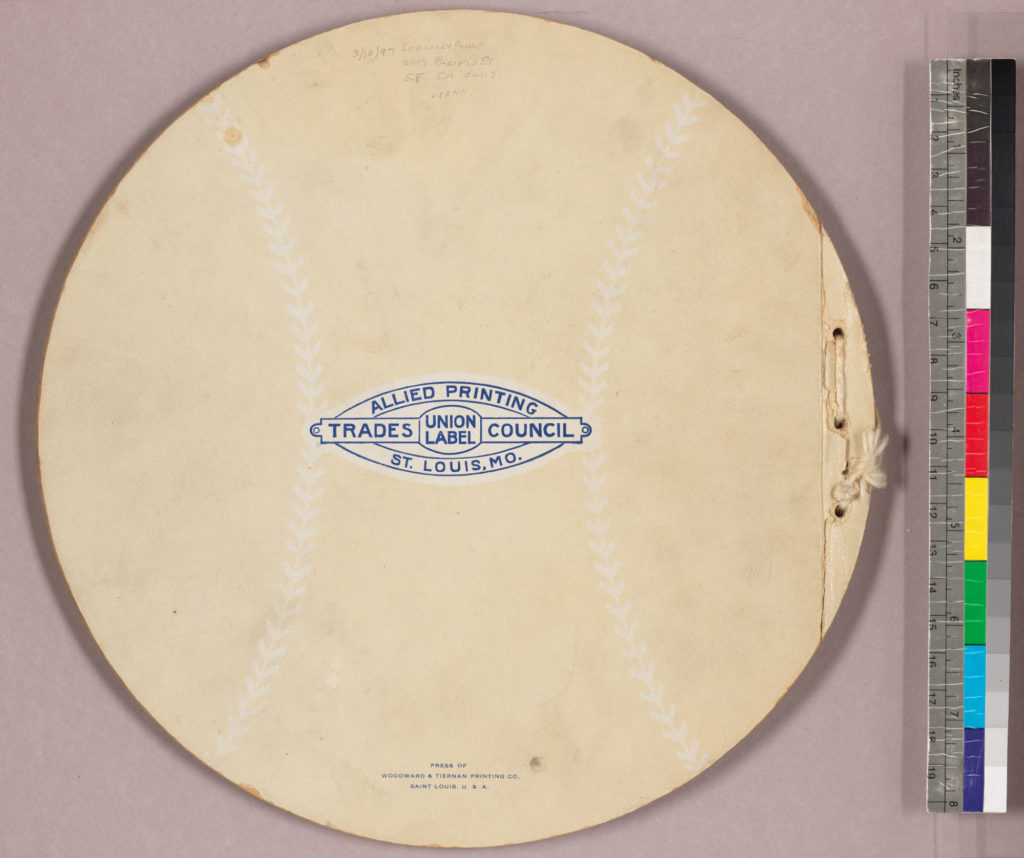
Teams in the Union Printers National Baseball League Tournament were composed of all-star squads representing ITU leagues in each participating city. The New York league, for instance, explained in the 1911 program that the association’s Board of Director’s chose the tournament roster from the pool of eligible athletes: “every player has an equal chance to become a member of the team representing New York in the National Tournament even [if] his team finishes last in the league. This rule causes a good player on a poor team to be satisfied and keeps up interest in the organization.”
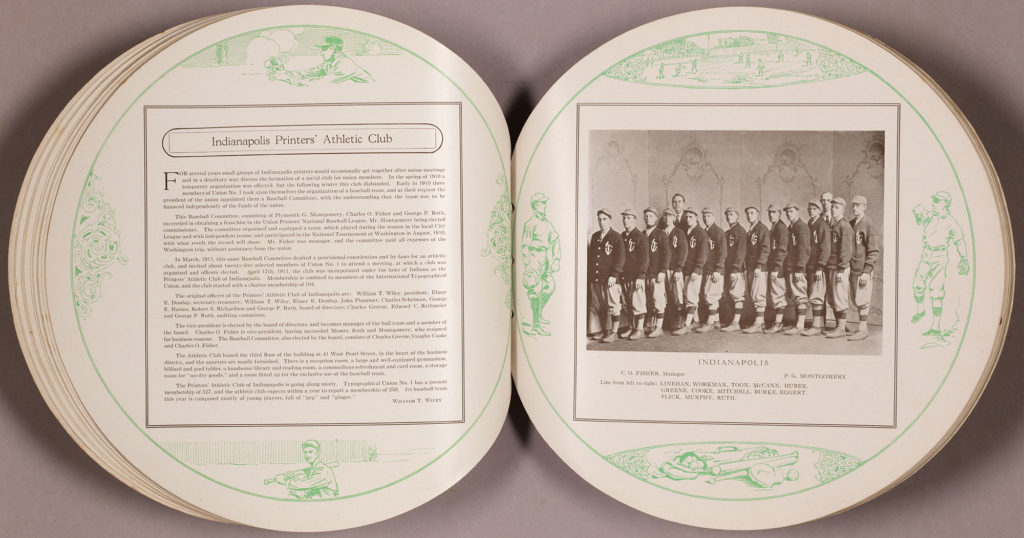
The 1911 souvenir program also emphasized that the participants were both serious athletes and serious union men: “this league differs materially from the great majority [by] the fact that all players must be printers and members of the International Typographical Union, or registered apprentices who have served two and one half years at the trade. From this it will be seen that it is not such an easy matter to get together a representative baseball team to compete in these tournaments.”
International Typographical Union President James M. Lynch also gave his endorsement in the 1911 program, praising the “healthy outdoor recreation” and the “advertising value” of the baseball tournament. He also reminded readers about the ITU’s organizing efforts, which “endeavored to impart dignity to the craft by assisting in the maintenance of just and equitable rights of the individual craftsman and cementing the bonds of friendship and brotherhood that should exist between all men, and especially those of a distinctive craft.”
Most importantly, though, as the 1908 catcher’s mitt souvenir program had proclaimed a few years earlier, the Union Printers Baseball League National Tournament had the “purpose of promoting good fellowship and pure amateur sport.” Happy Labor Day!
